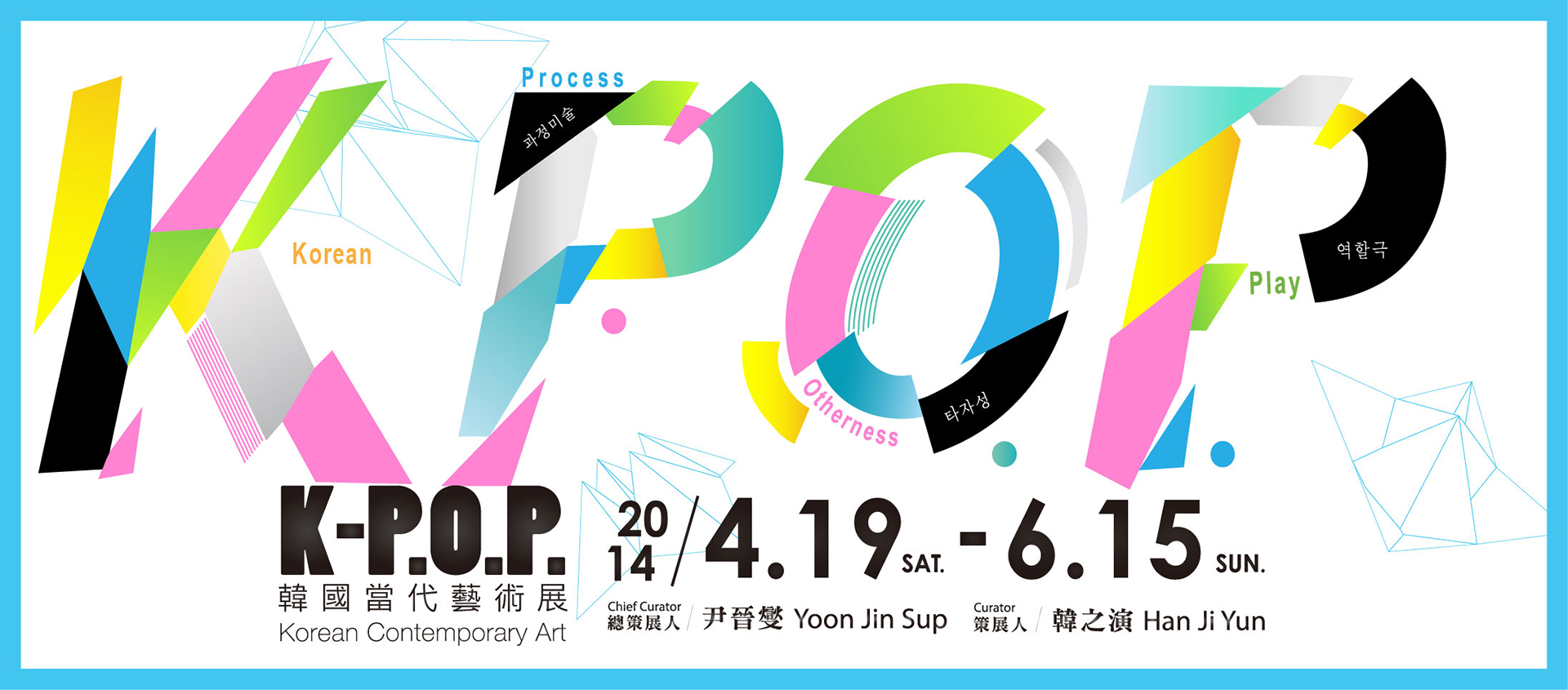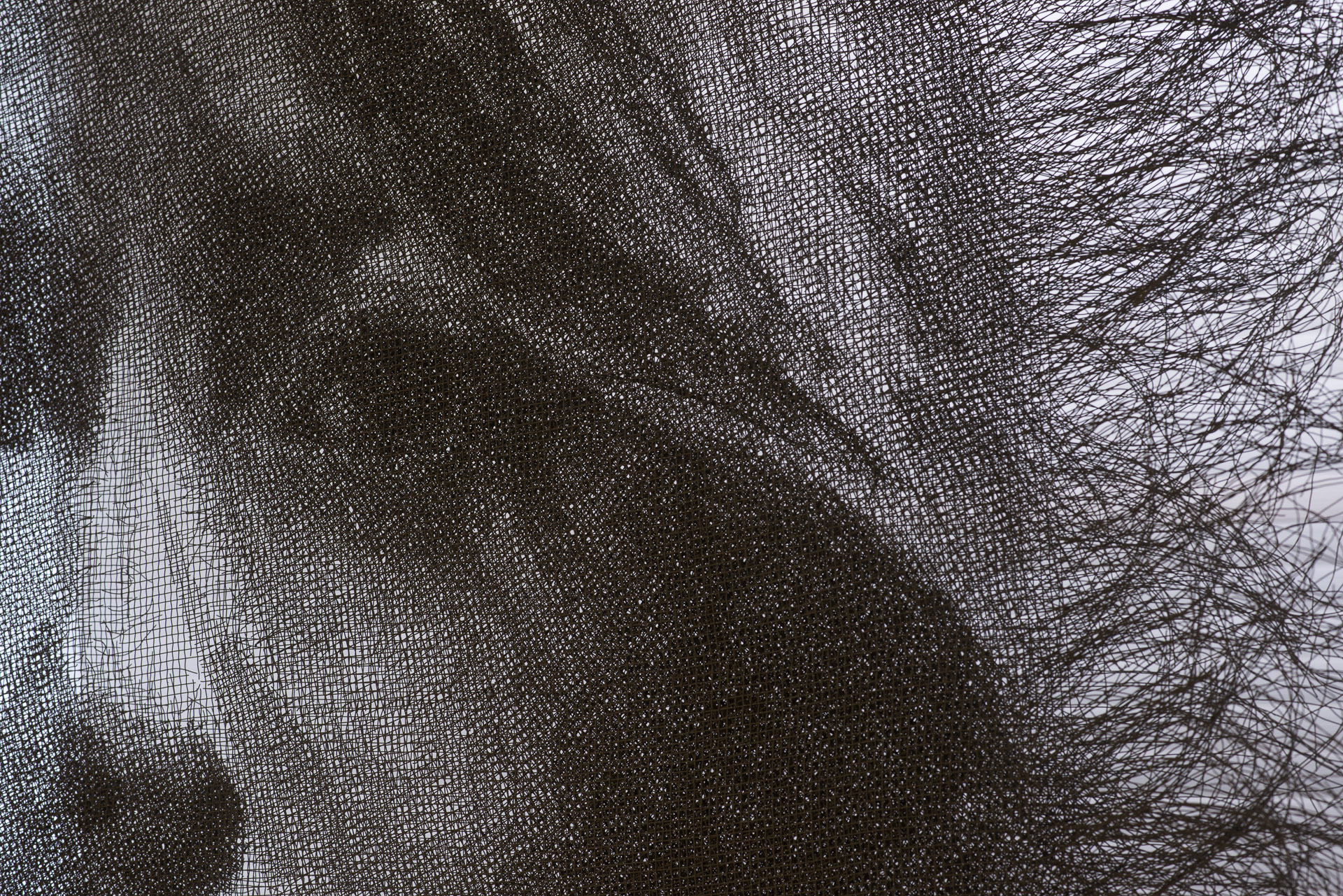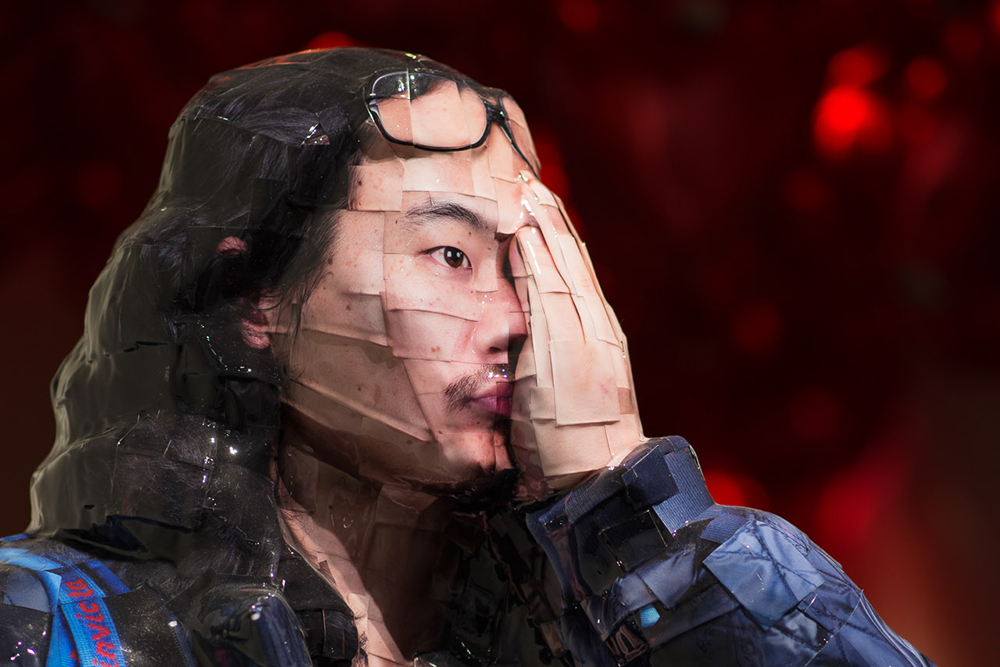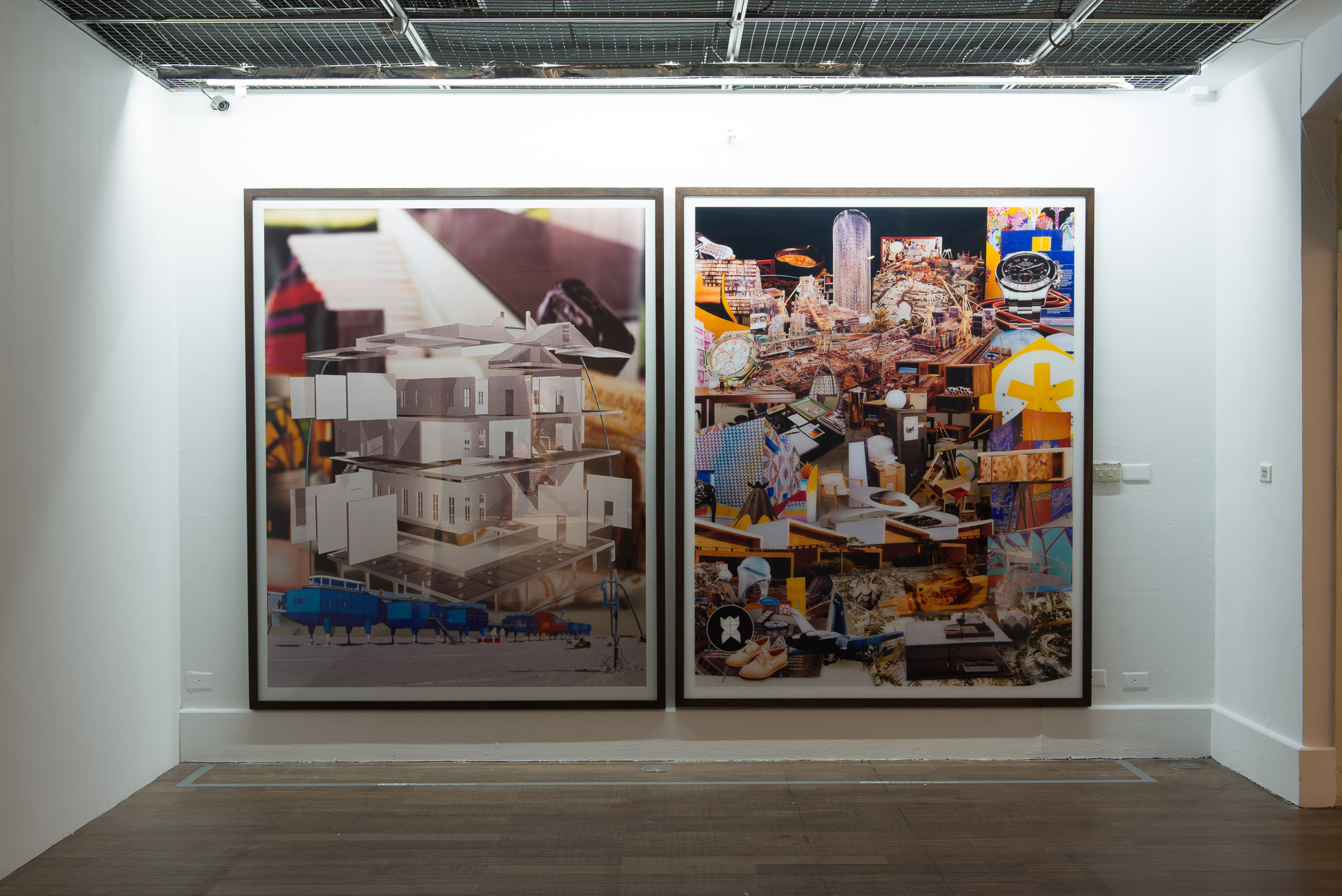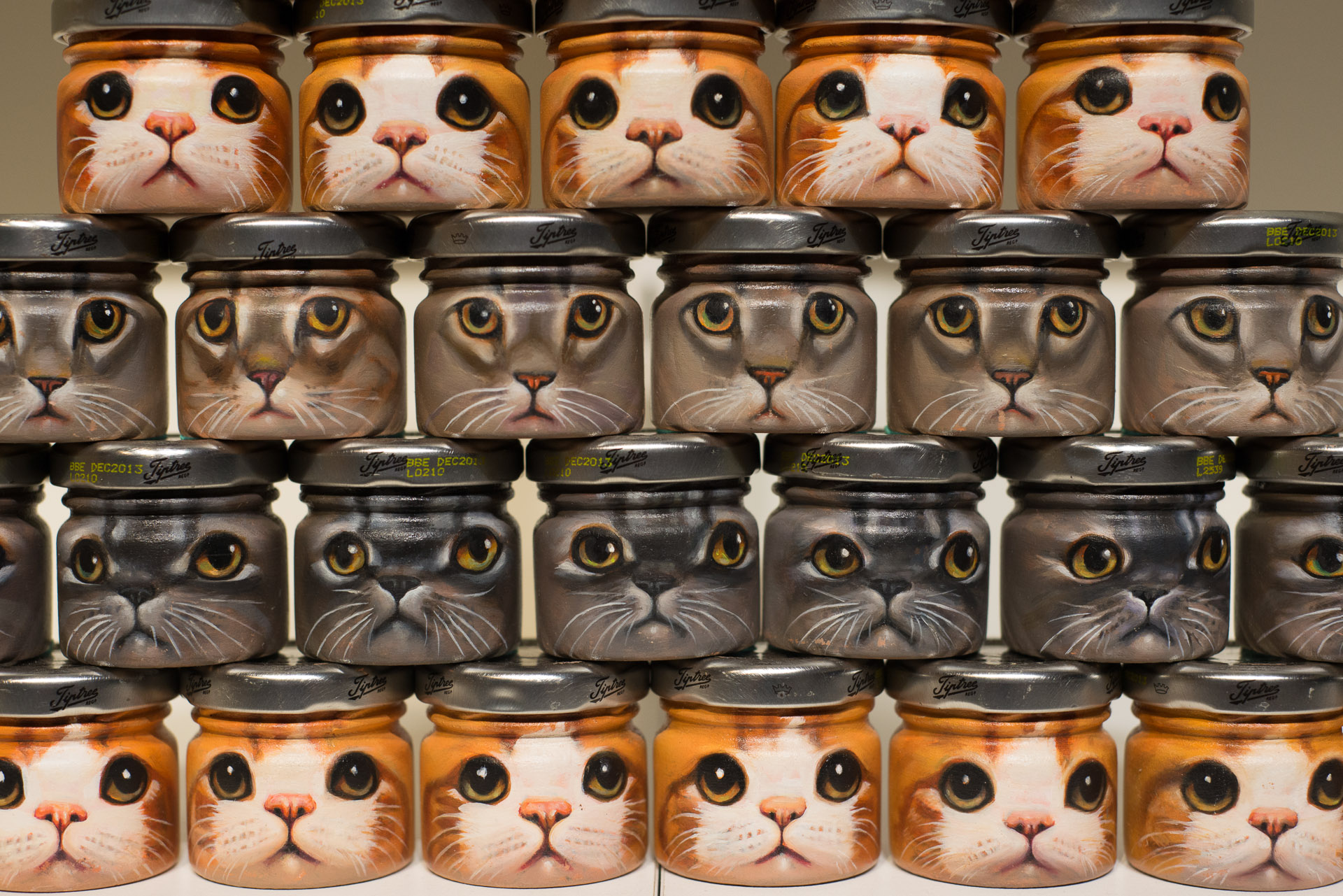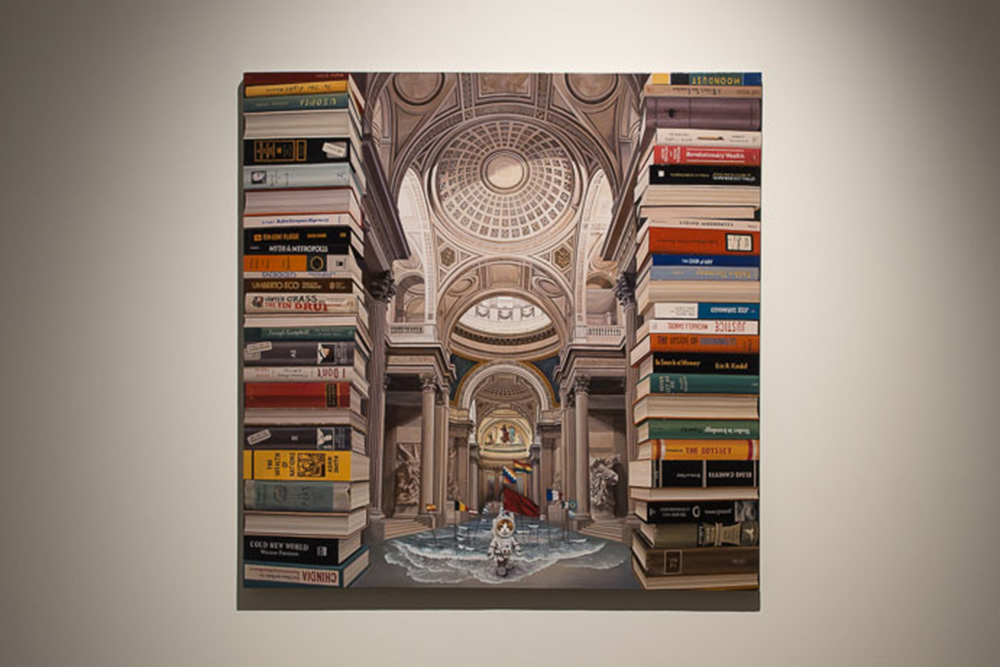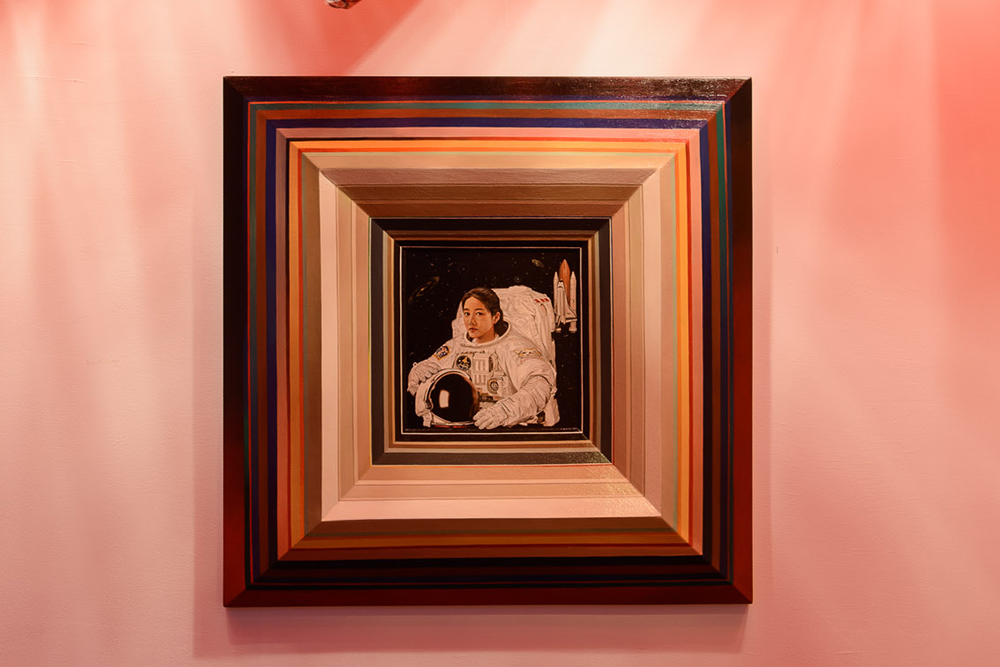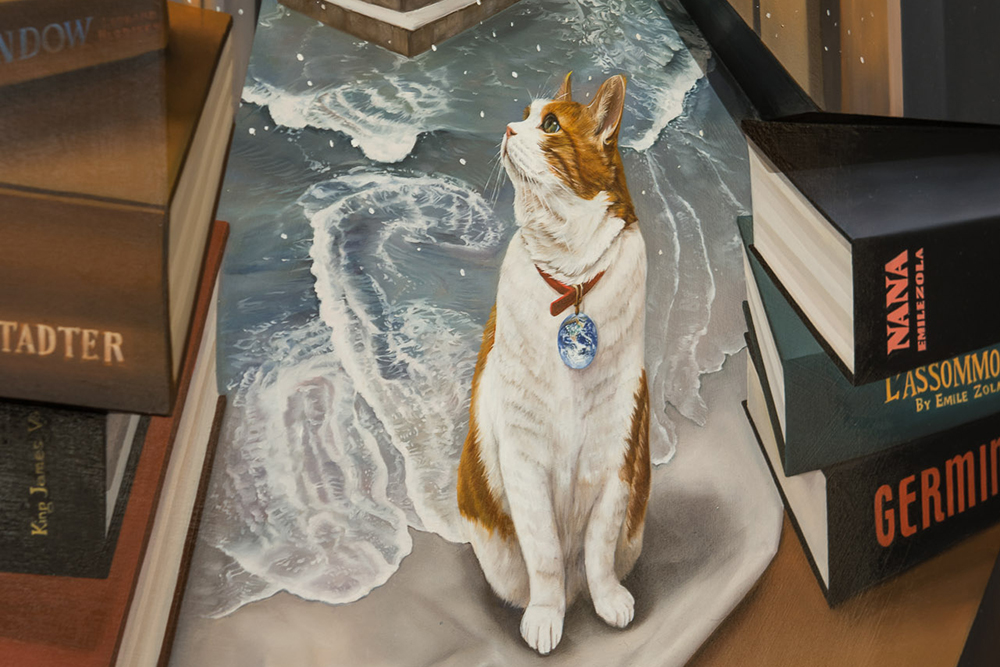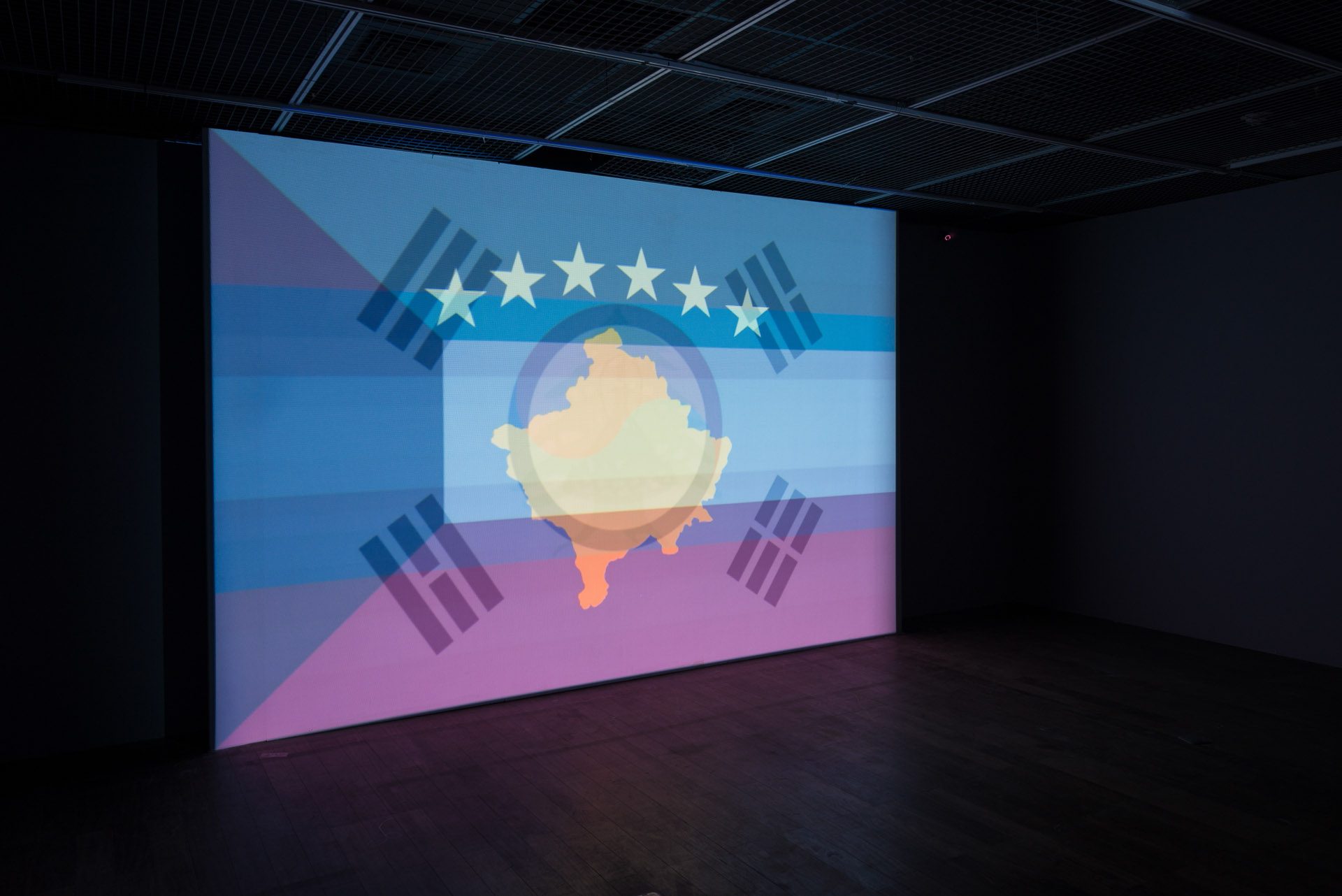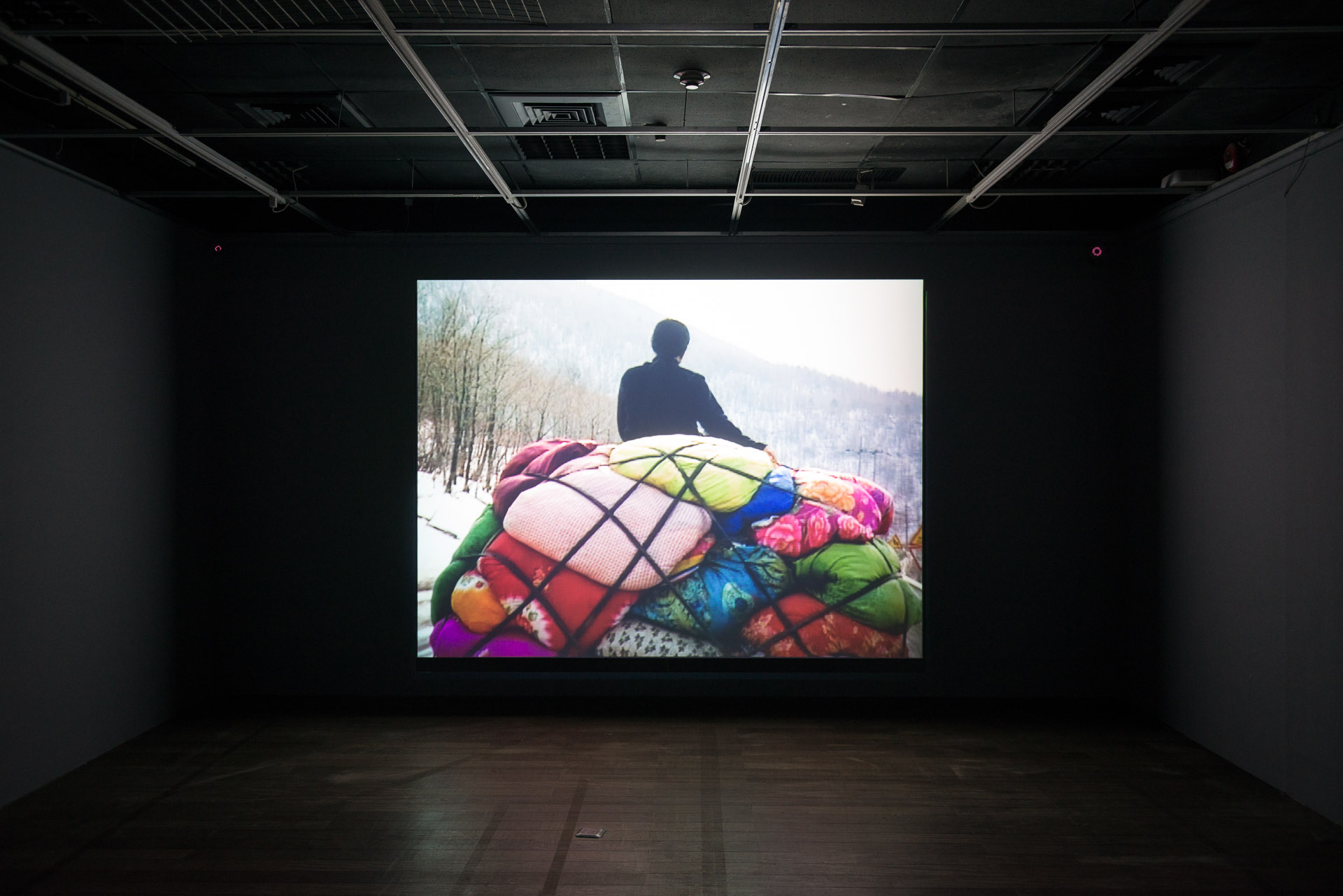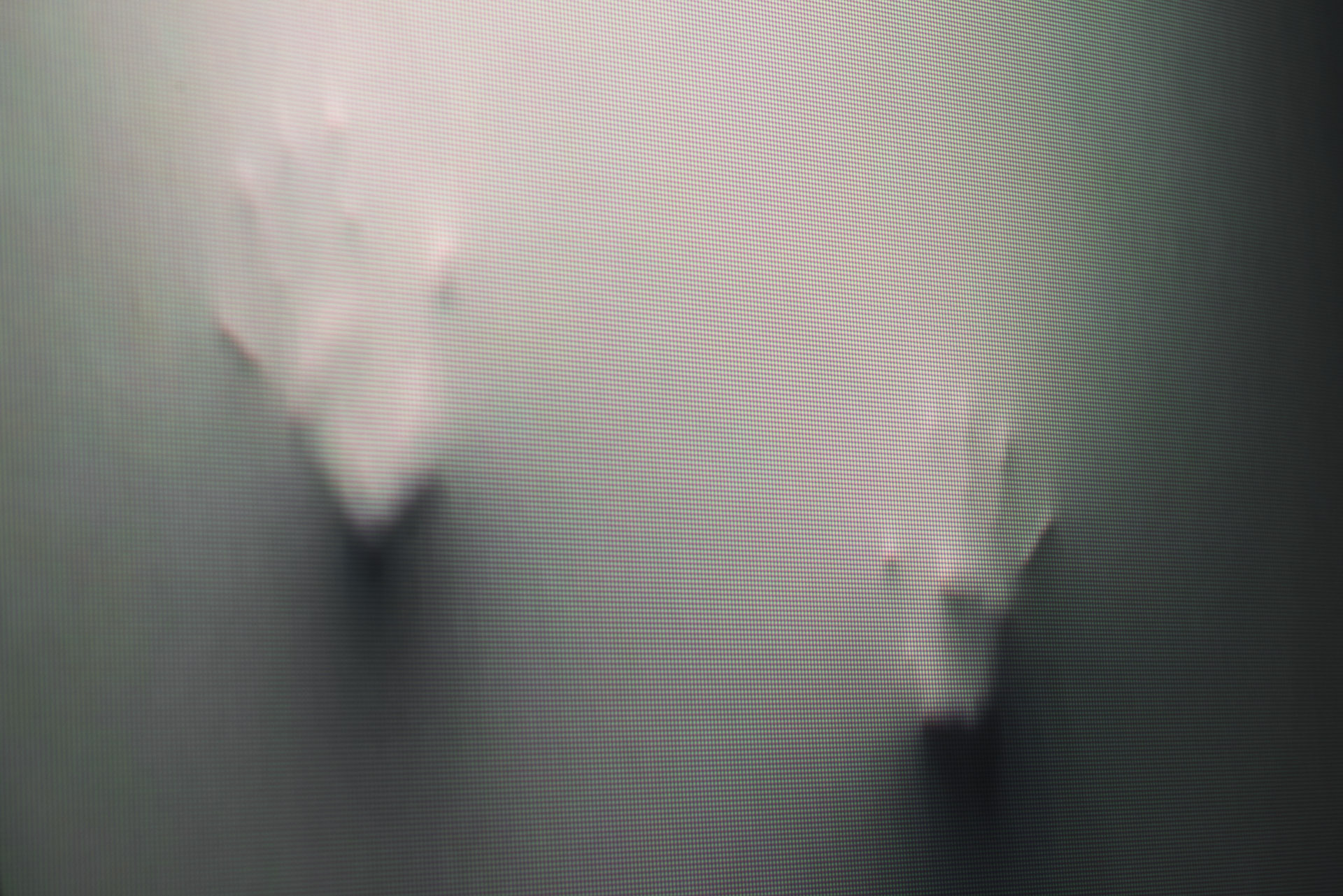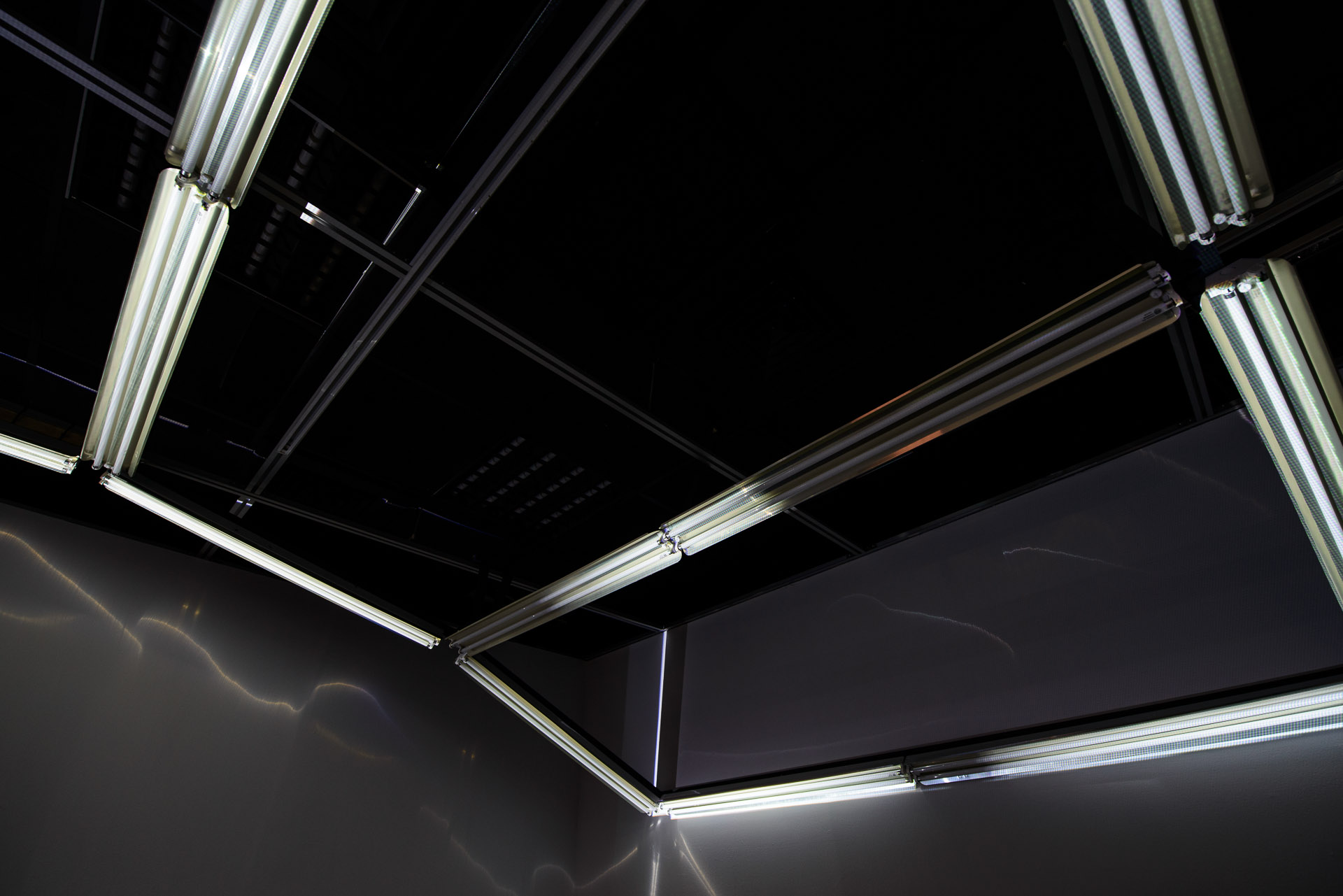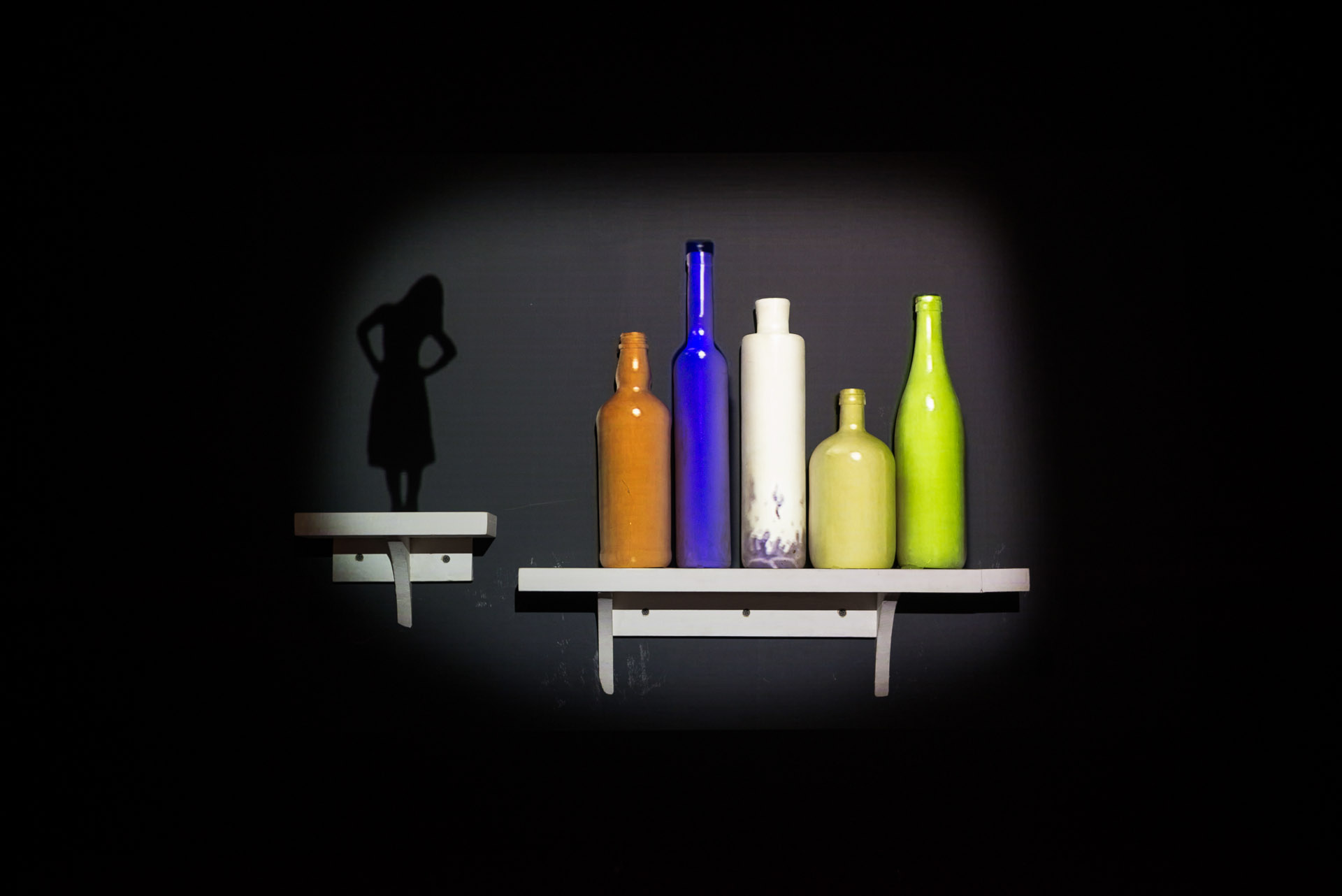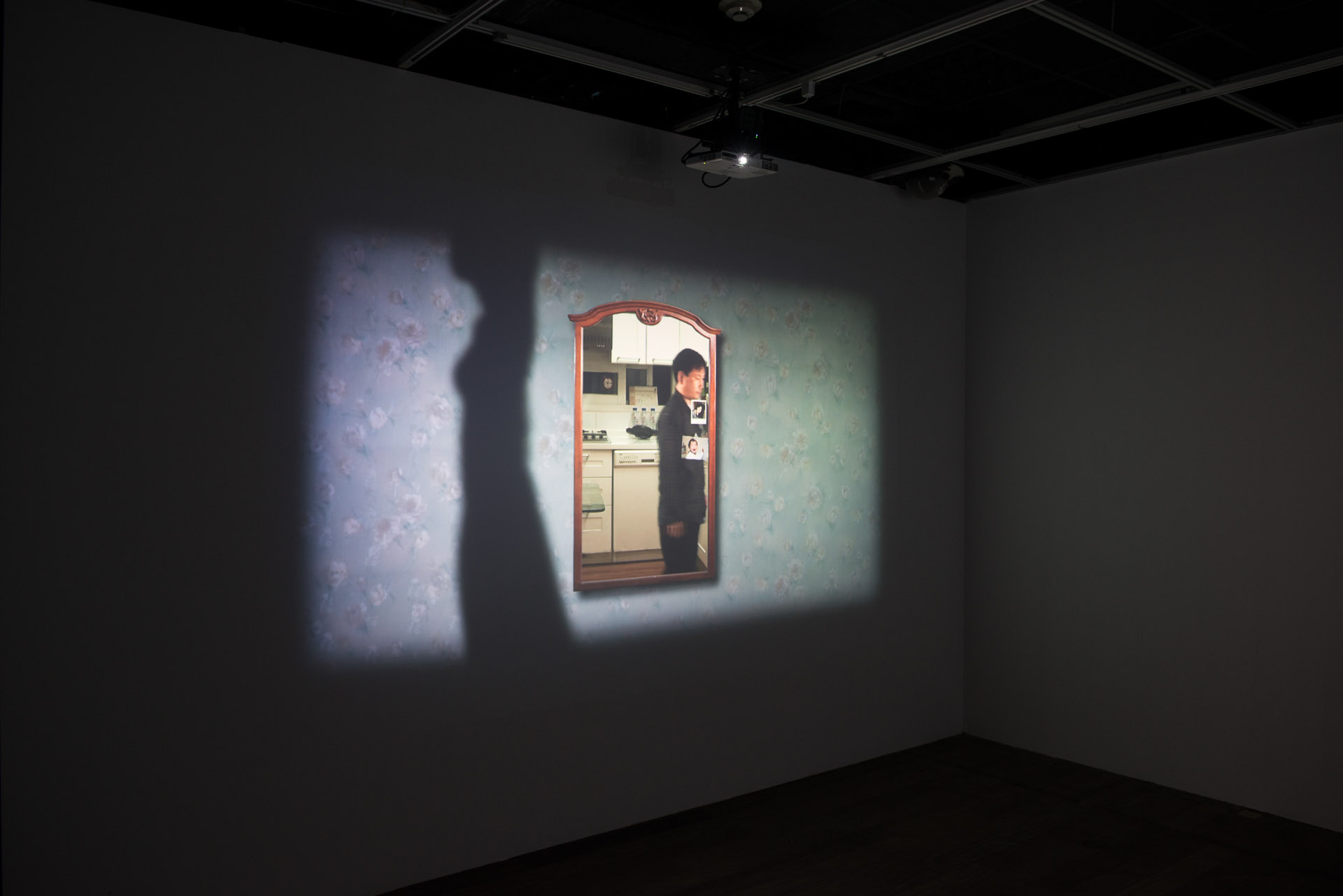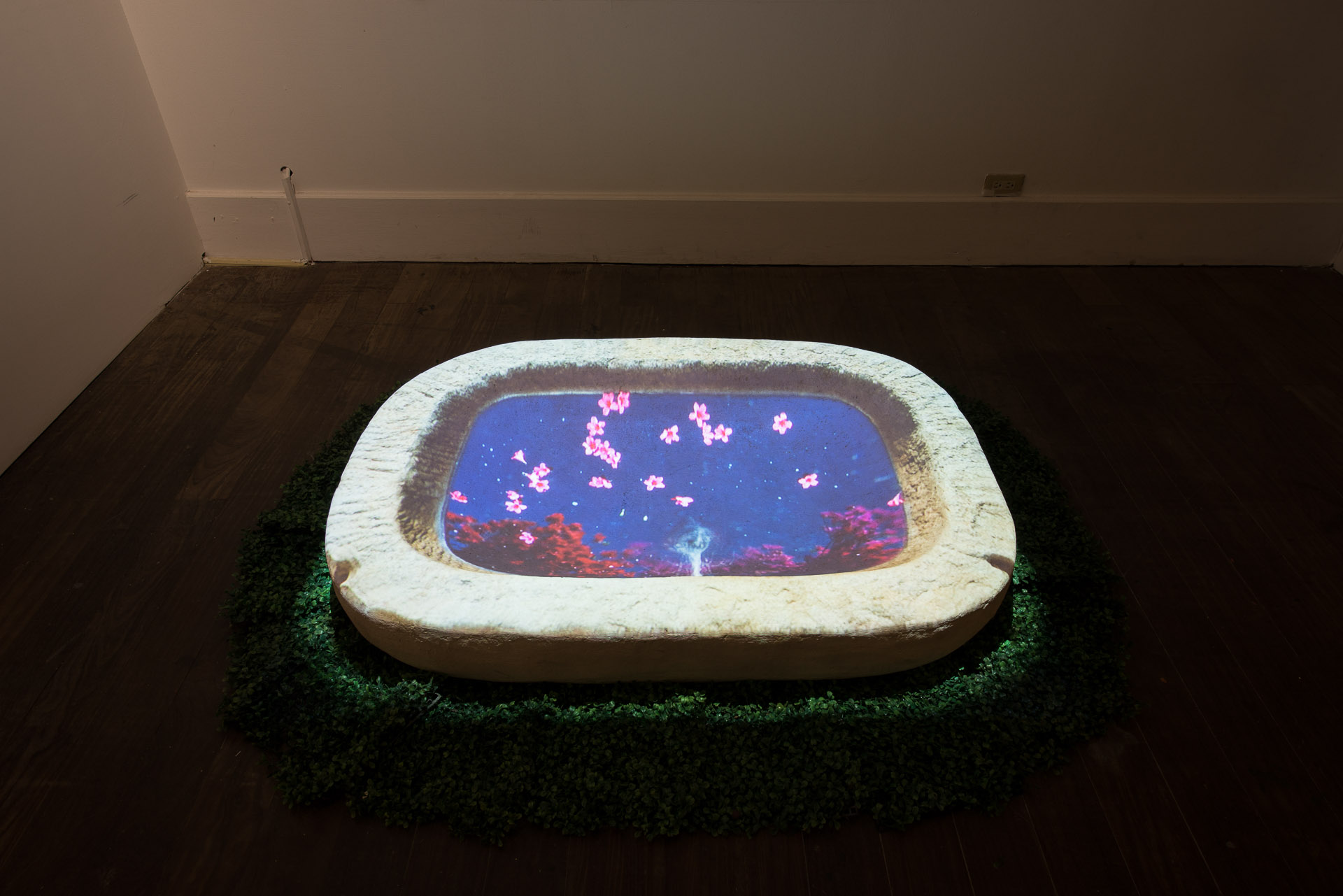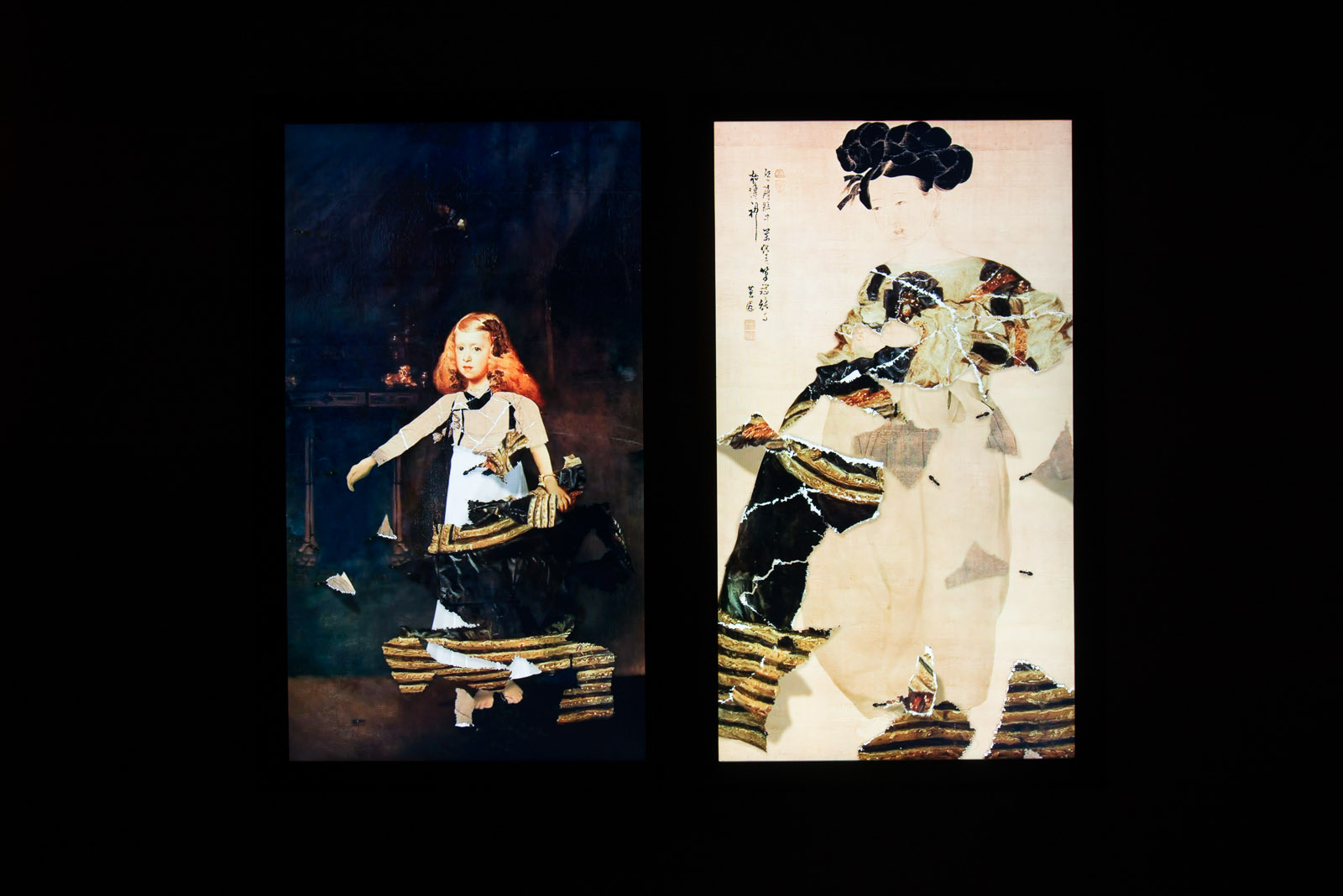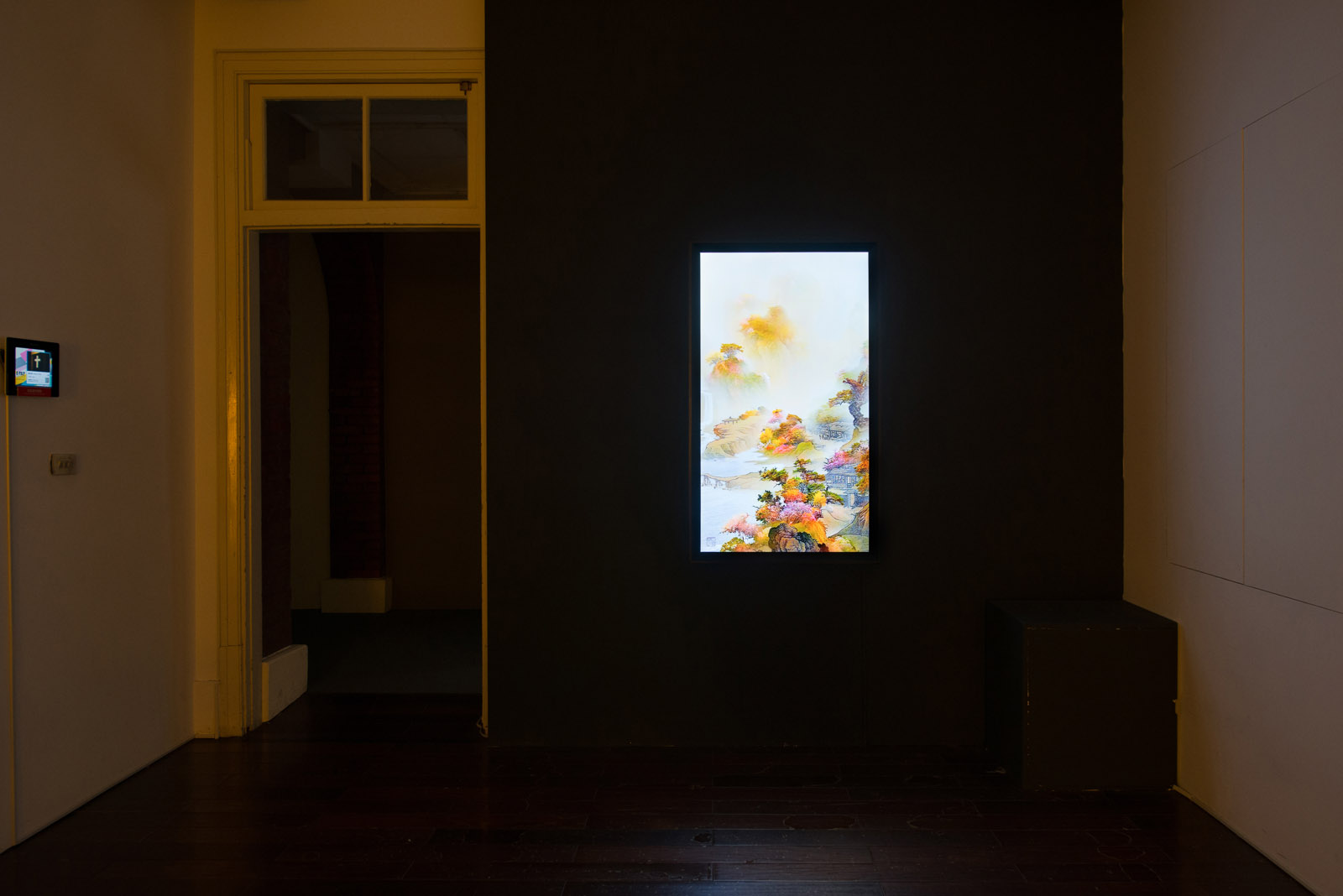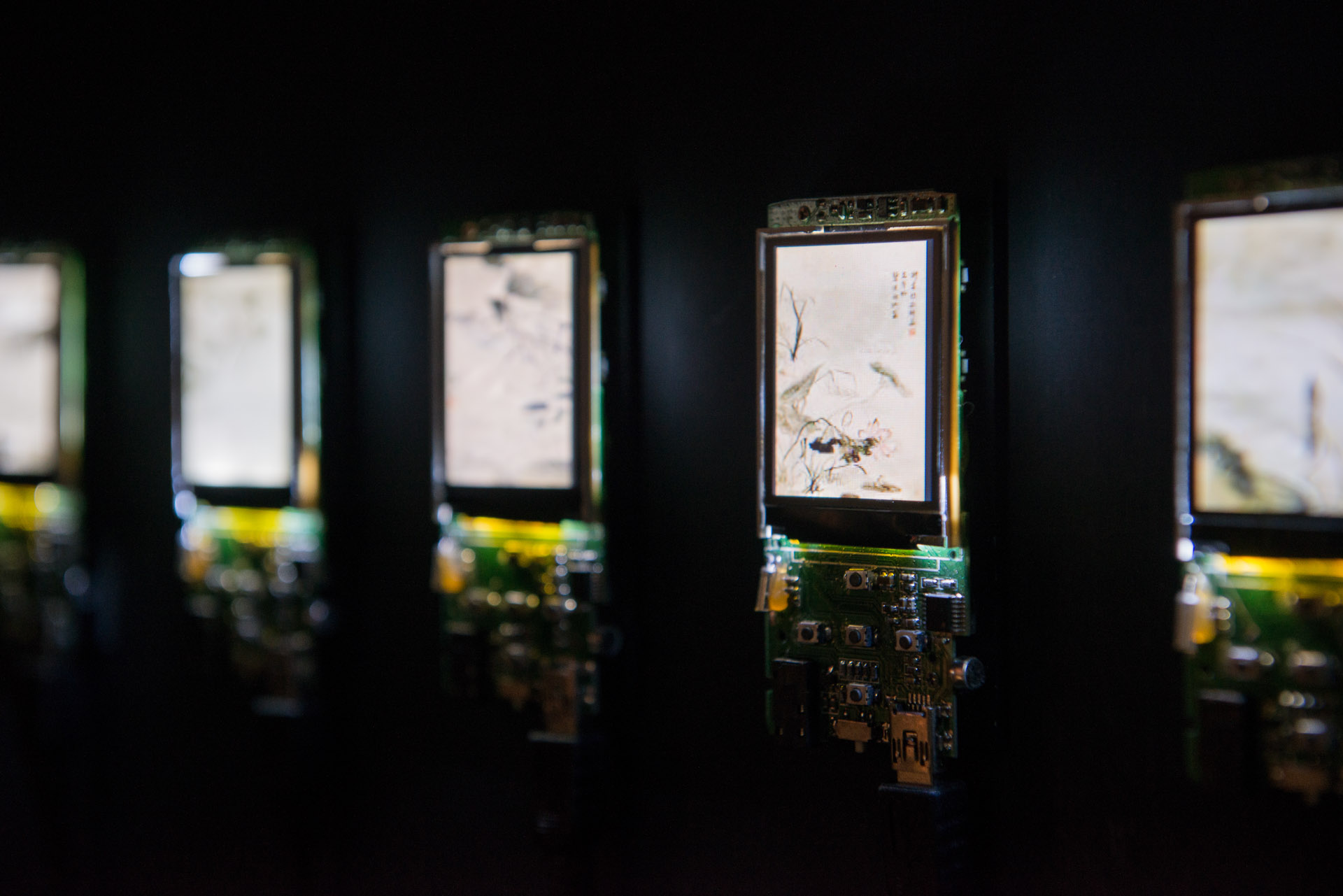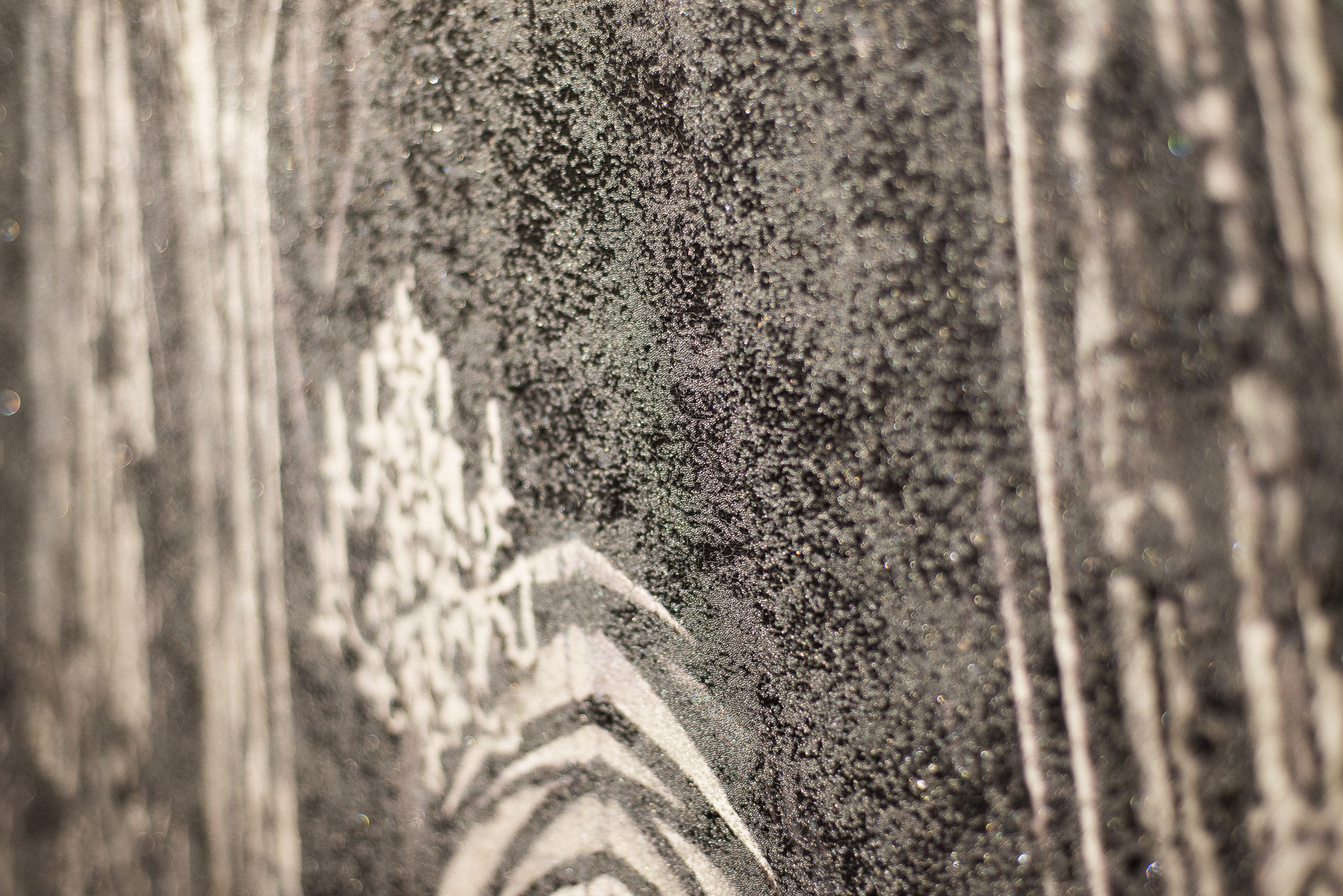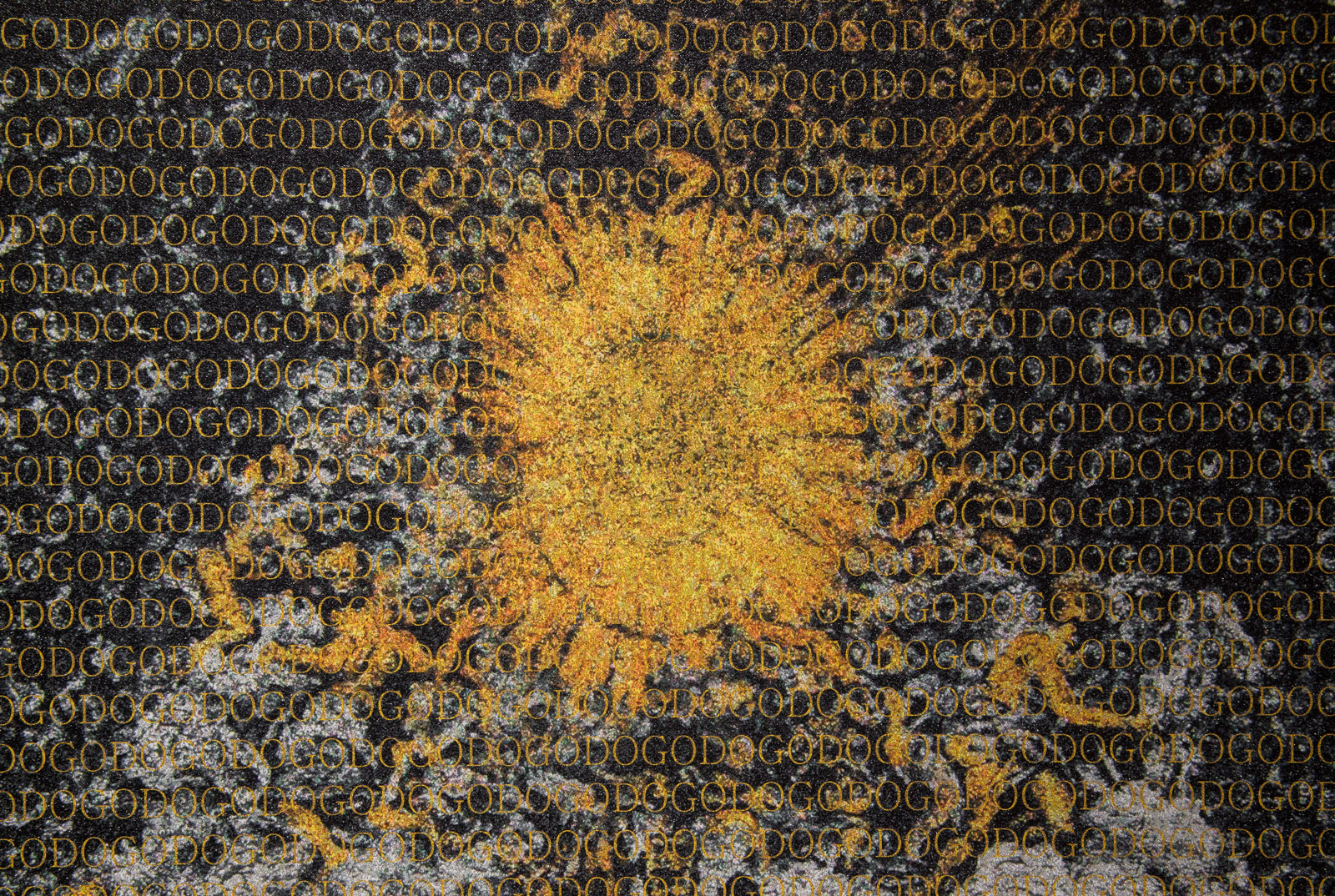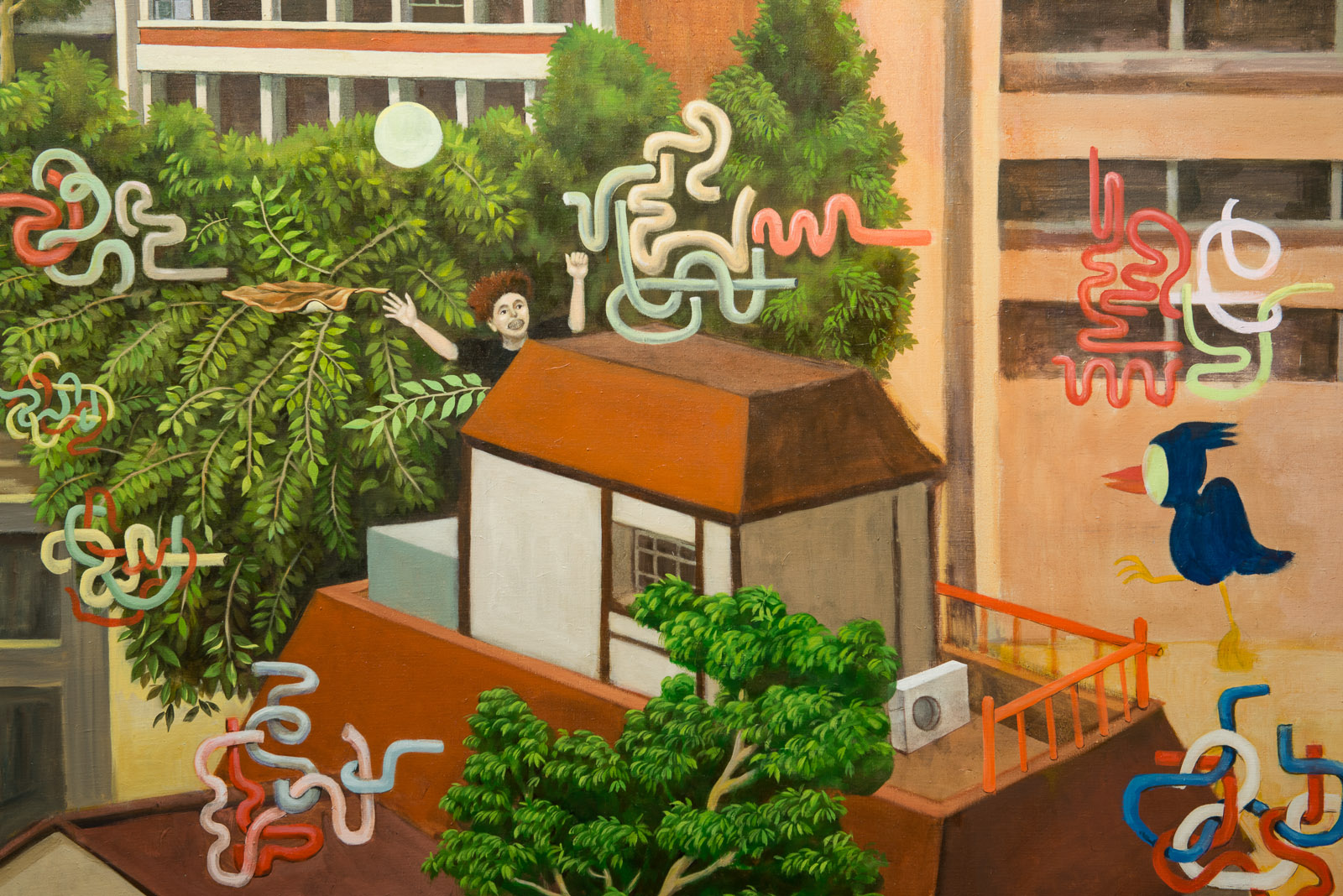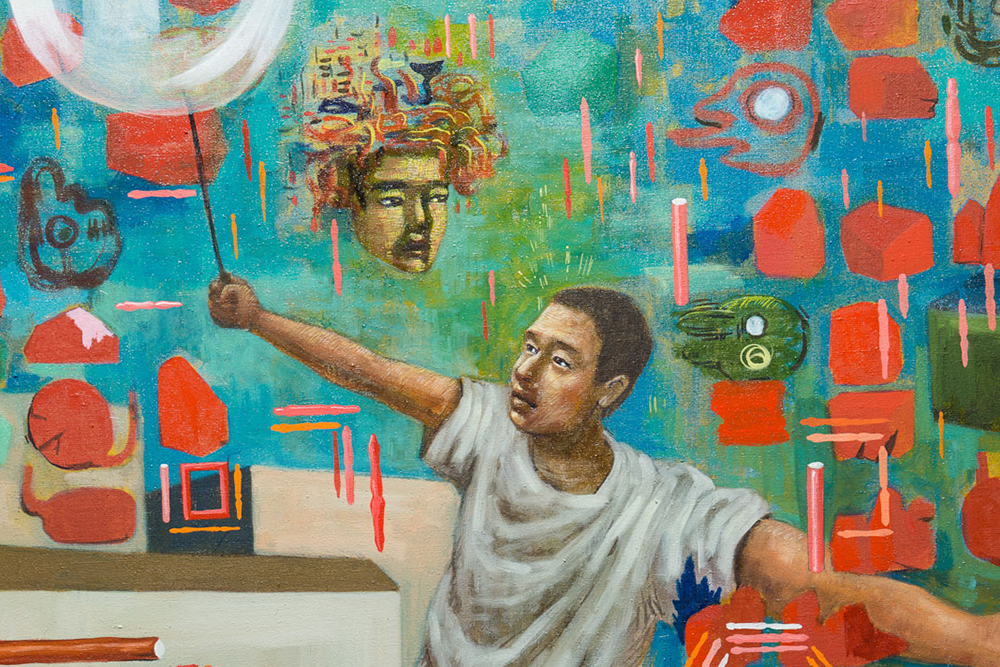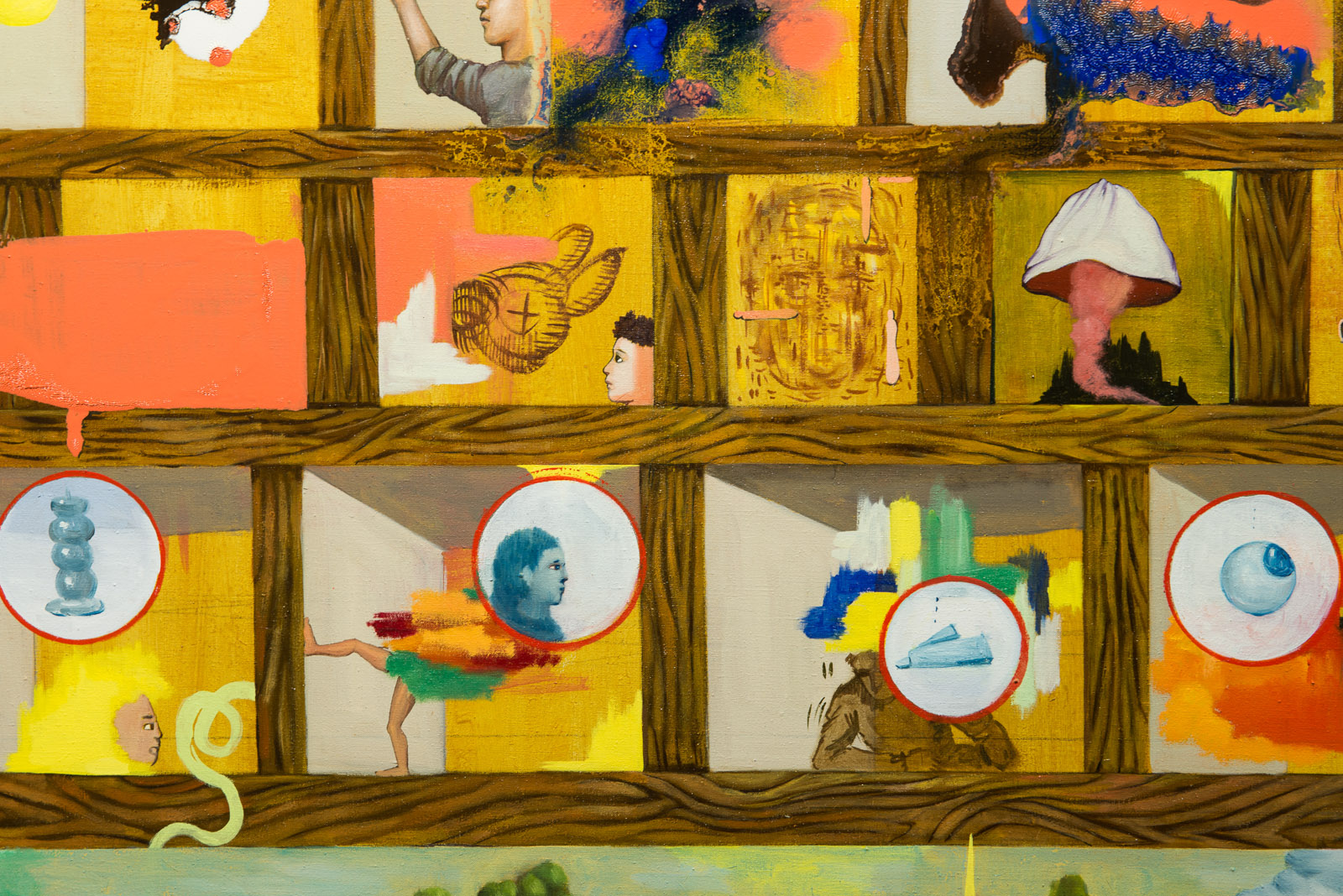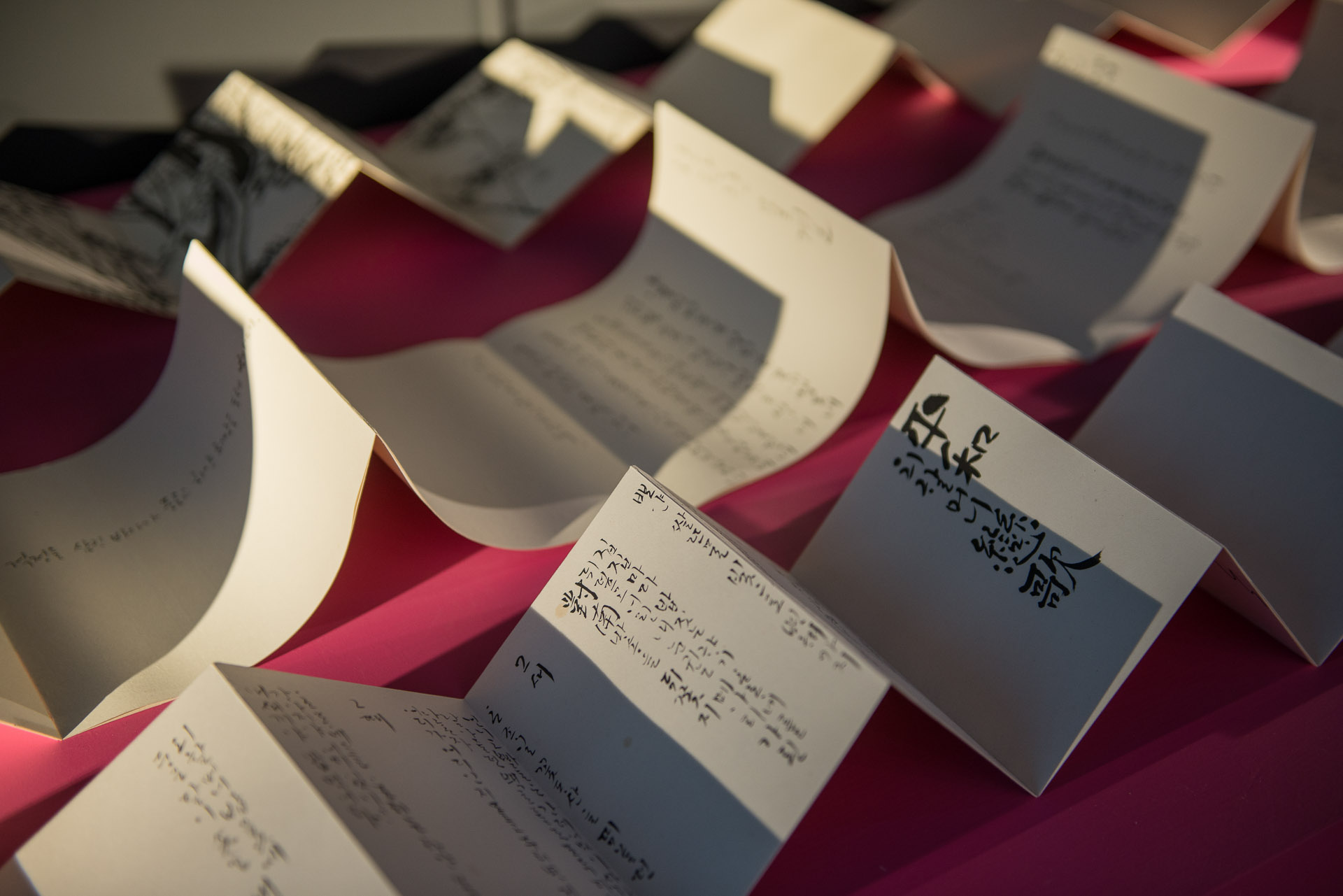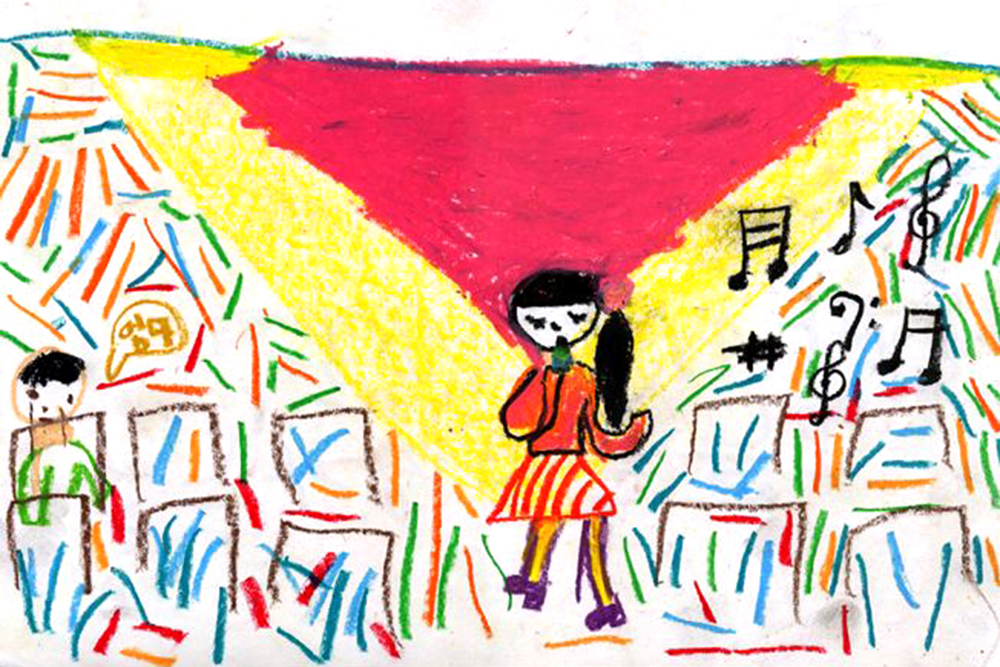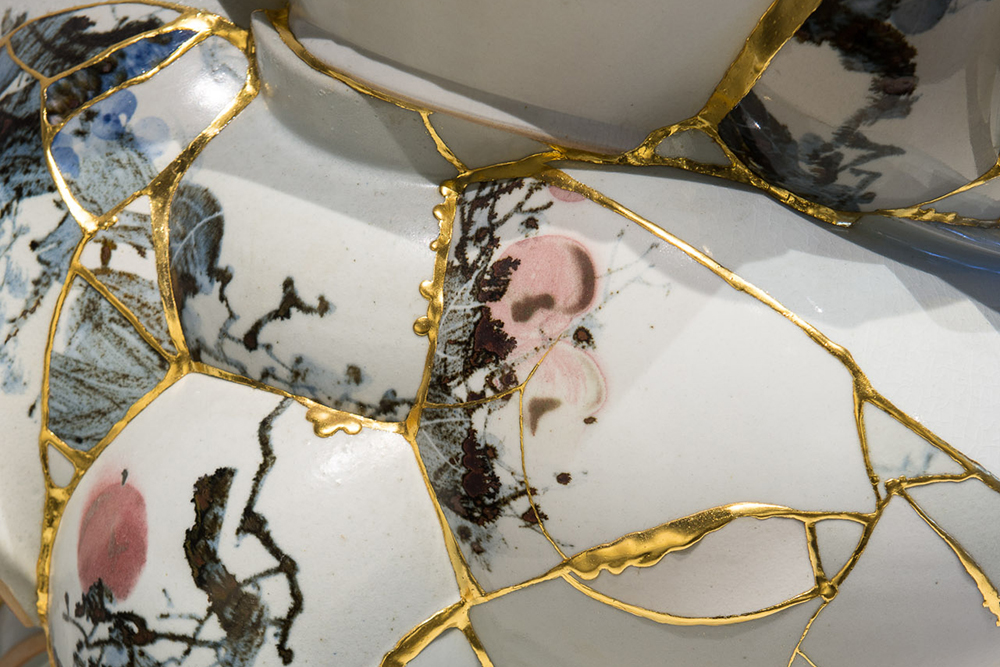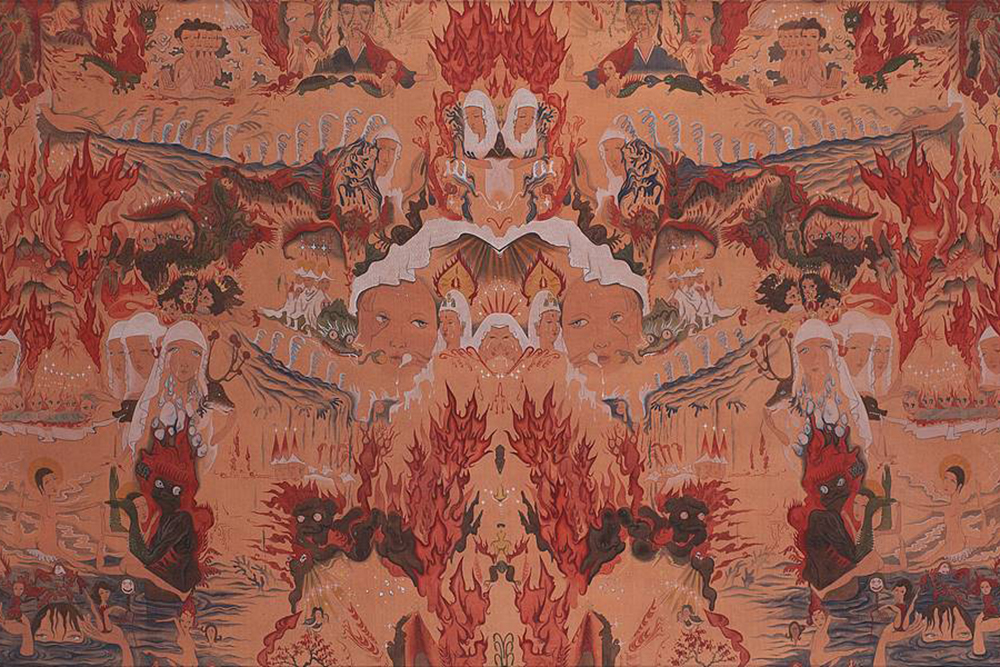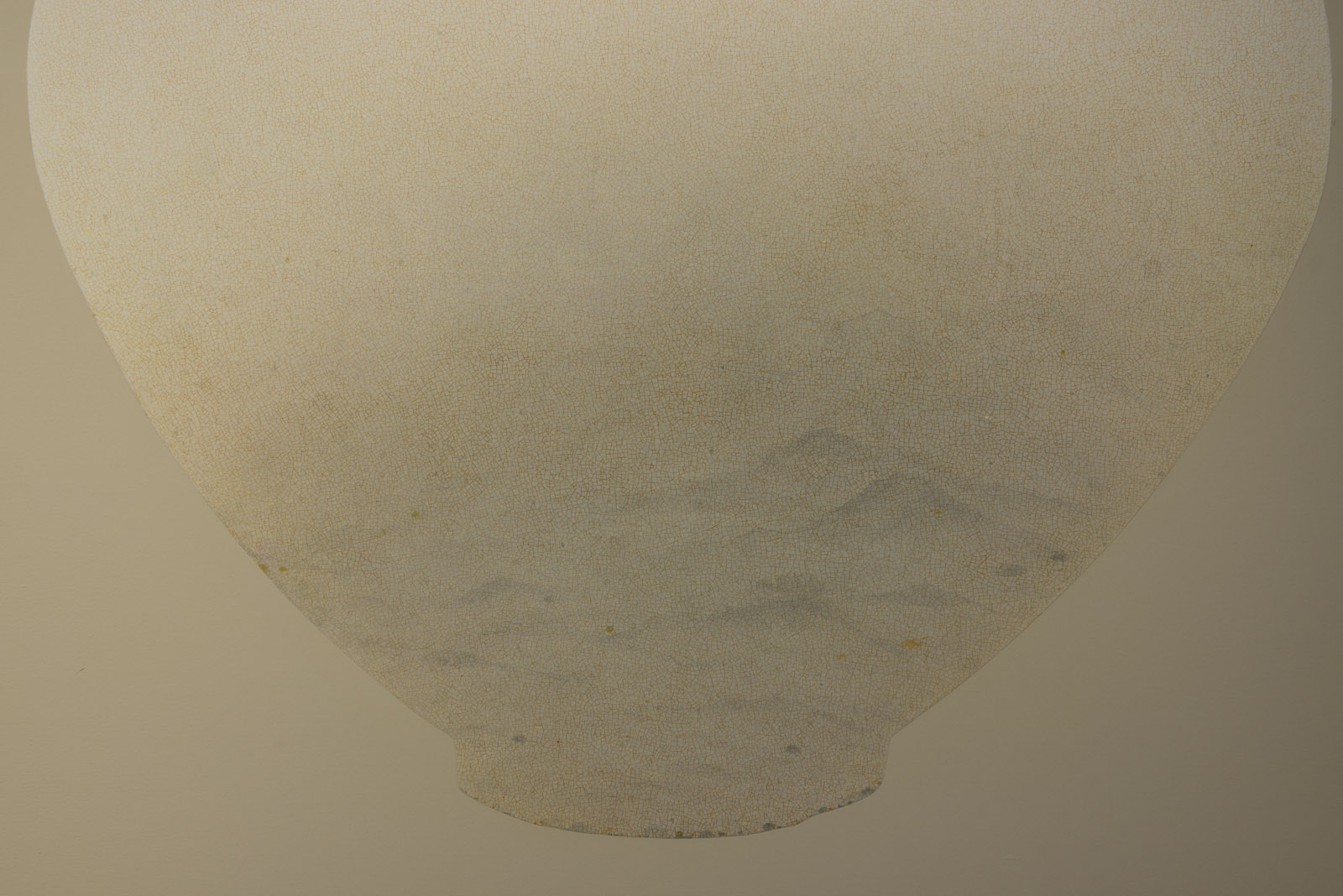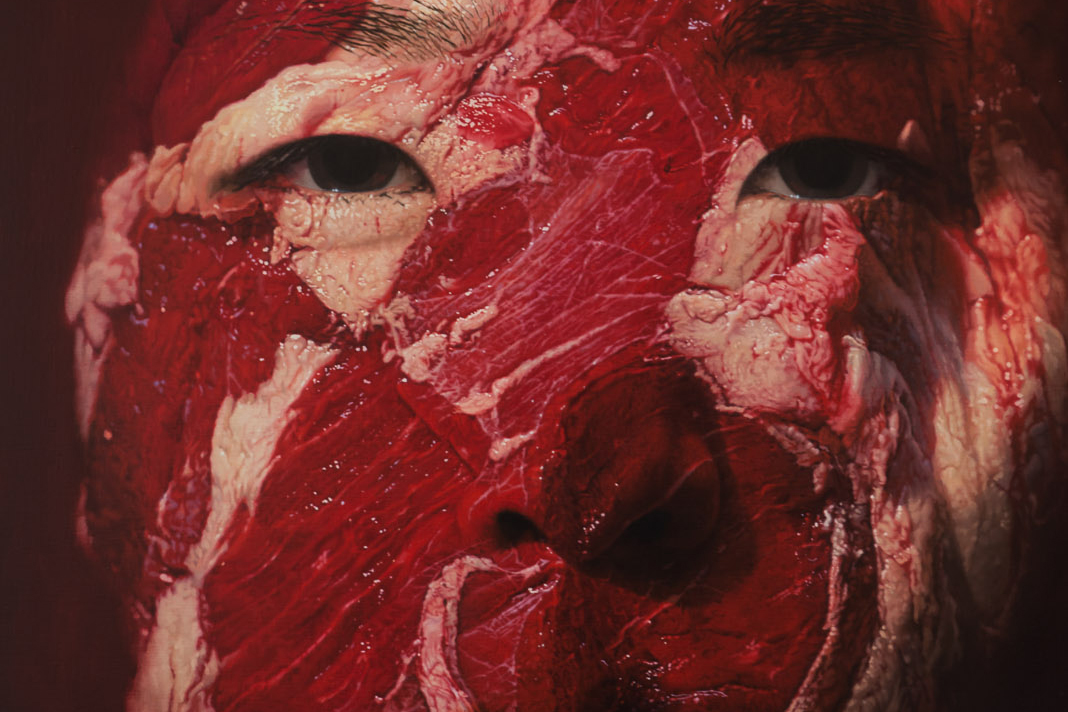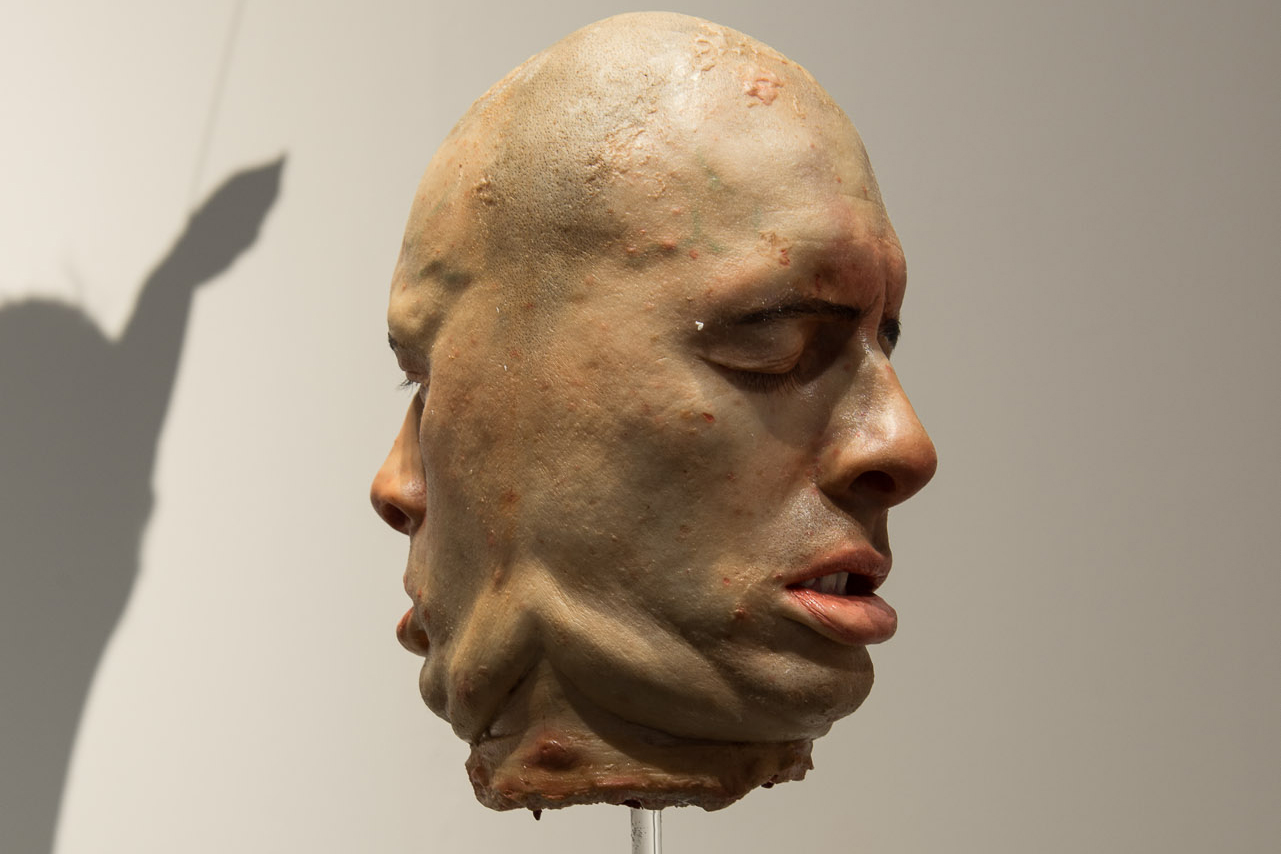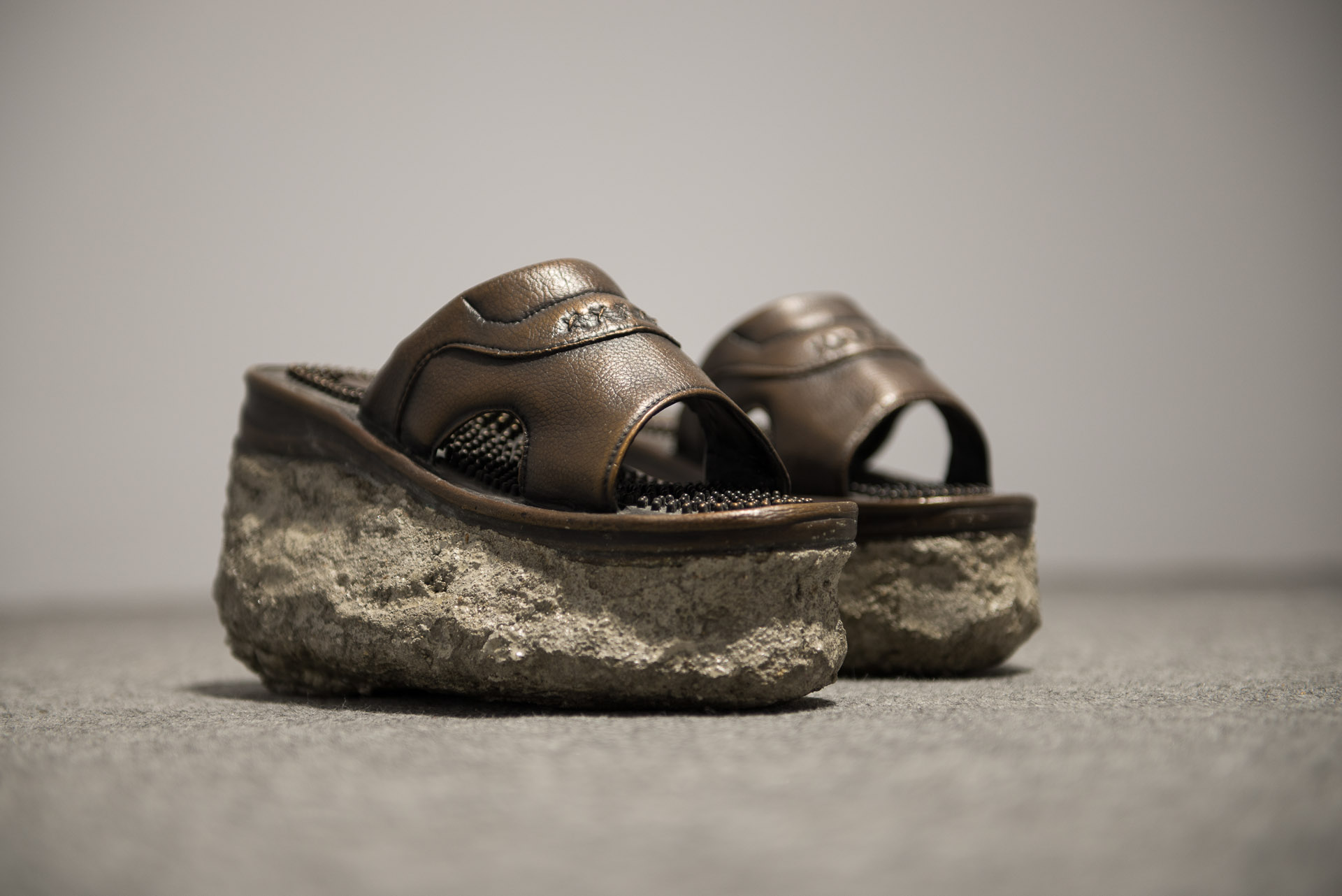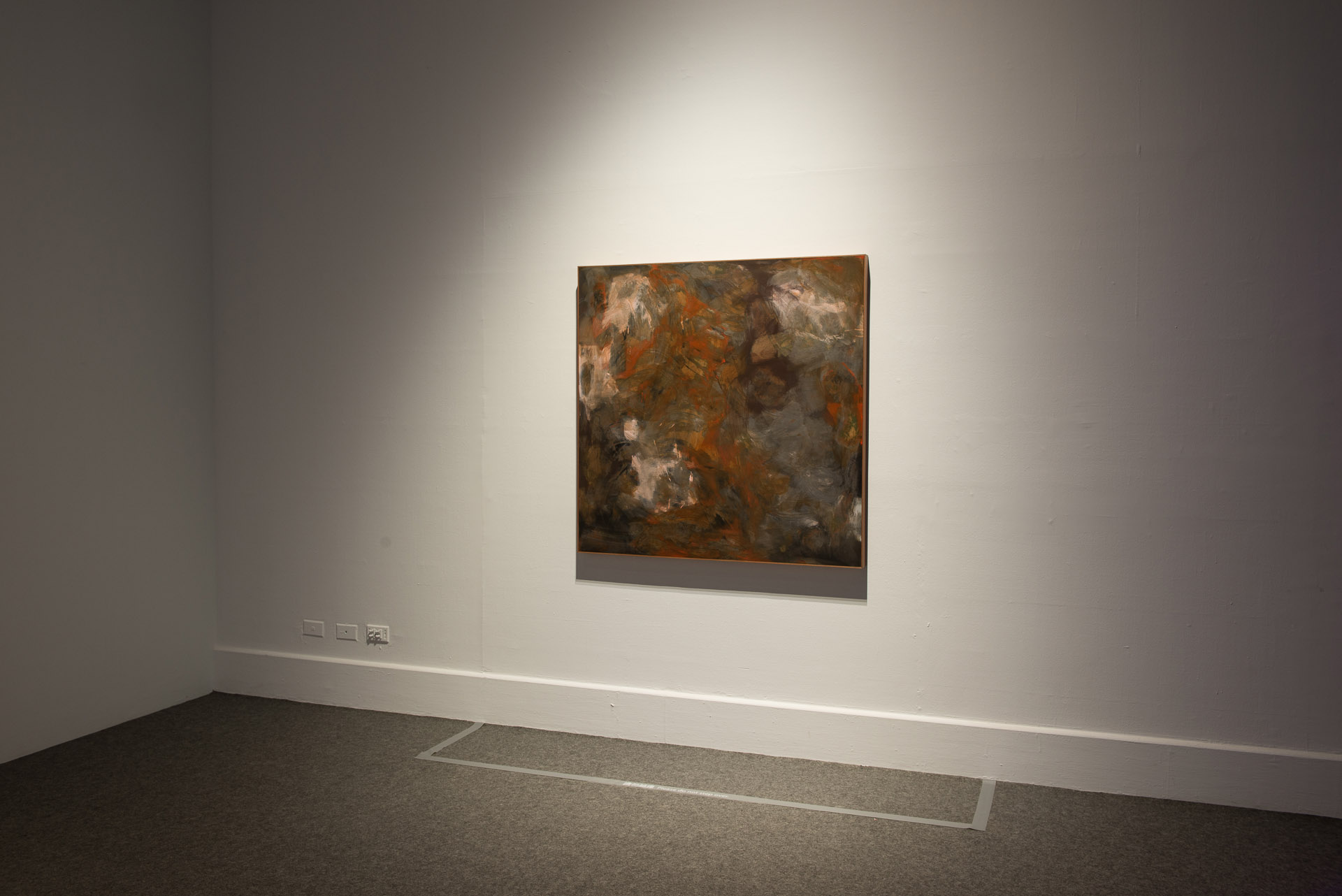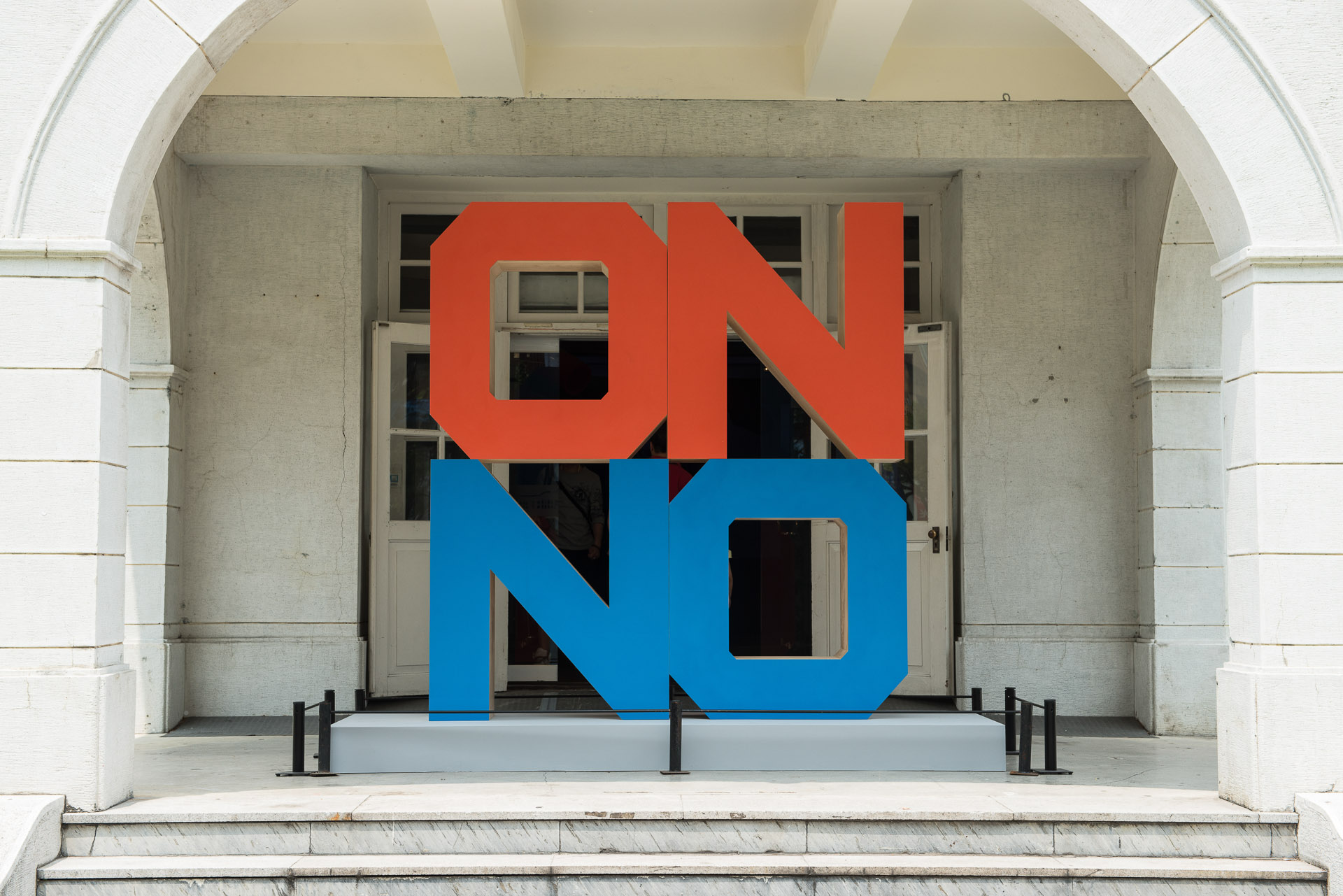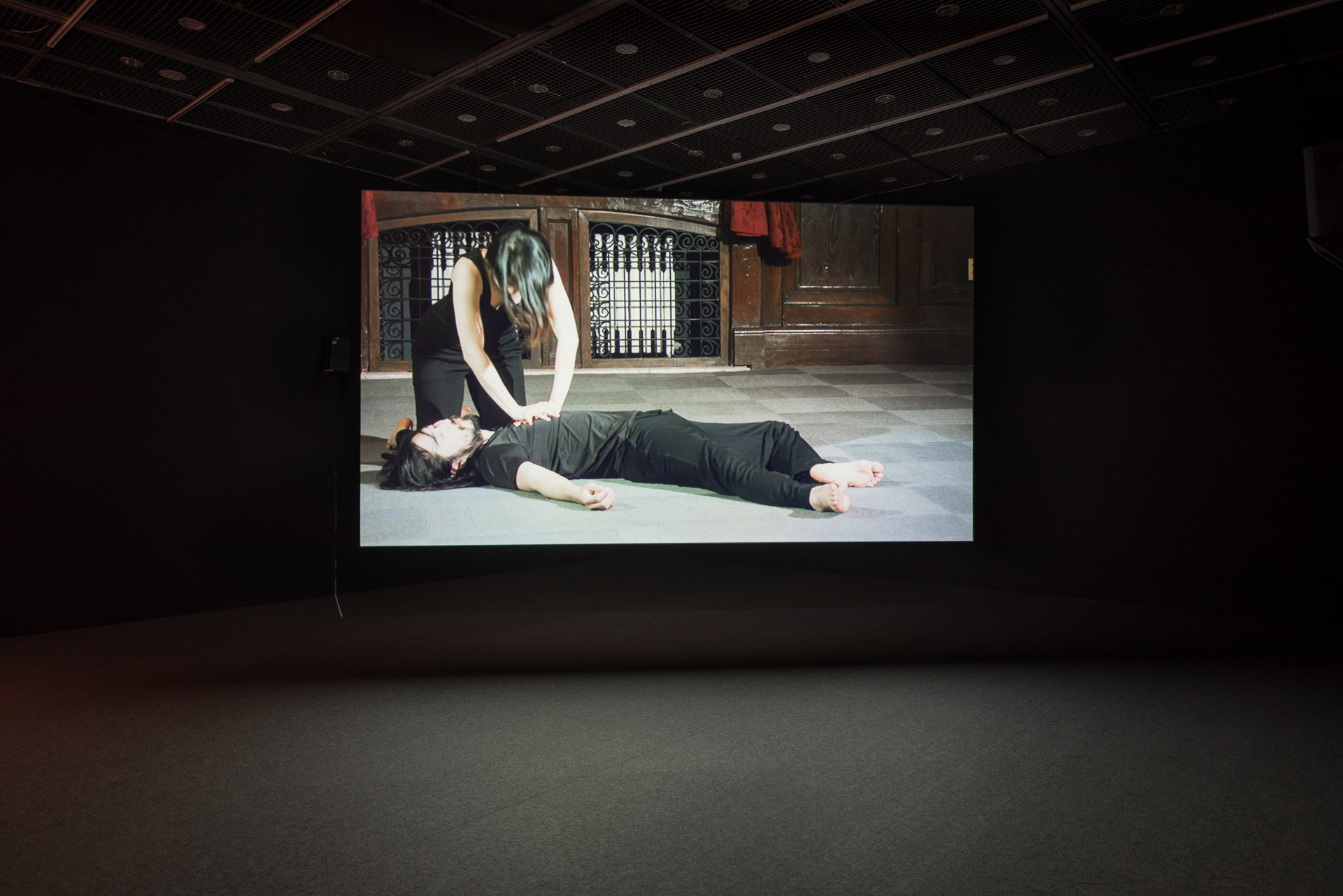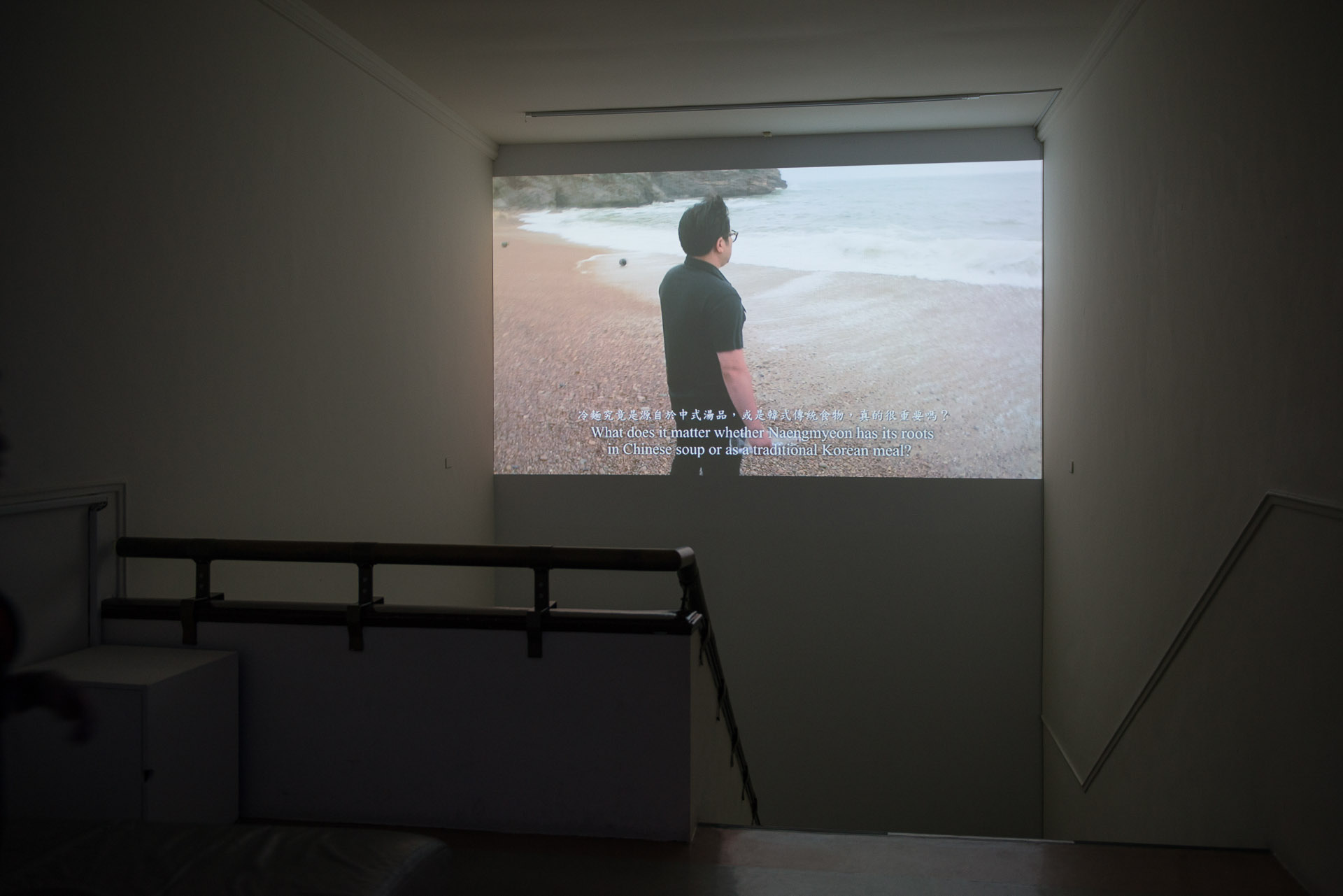從字面而言,K-POP 原指當今眾所熟悉的韓國流行音樂,隨著韓國社會經濟的急遽發展,K-POP也迅速成為行銷全球的一種韓流文化。Pop 除了指涉通俗、流行文化現象,同時也有「突然出現」、「爆開」、「呯然發聲」的字義。正如現今容易被看到與接納的流行文化都強調了感官面與世俗化的特性,韓國瞬間走紅的K-POP文化也難免被貼上了一種過度簡化的識讀標籤,並因此阻礙了人們去深入了解、體認韓國真正的當代文化及社會脈動。有鑑於此,本次韓國當代藝術展的策畫,特意從Process(過程)、Otherness(相異、他者)、Play(遊戲、玩樂、扮演)三個面向,來重新架構並反轉K-POP的創意內涵。
K-pop is commonly used today to refer to Korean pop, a popular music genre. Along with the rapid economic growth of Korea, K-pop has also risen to represent Korean culture as the music genre finds commercial success in the global market. While the word pop refers to the common popular culture, it also means an unexpected presence, a quick, short explosive sound, or the act of opening something suddenly and violently. As popular culture oftentimes galvanizes visibility and popularity by providing sensory excitement and mainstream satisfaction, K-pop has inevitably become associated with labels that can be at fault of over-simplification. Such labels become hurdles that impede people from truly understanding and realizing the cultural and social essences of contemporary Korea. As a response, K-P.O.P. seeks to reconstruct and reverse the creative connotations of Korean pop. The exhibition is organized under three themes: Process, Otherness, and Play, through which the concept of K-pop will be examined.
Process
Process(過程、處理)強調的是,藝術的特殊性和價值意義,應著放在創作行為或作品形成的過程,而不限於最終完成的「藝術品」。尤其在當代藝術這個領域,作品的形成過程中,創作者綜合應用蒐集、整理、關聯、核對、行為、意圖…不同的工作模式,可說是個常態。準此,本展覽將抽樣呈現幾位韓國代表性藝術家基於此概念的藝術實踐和成果。
Process
The section “Process” emphasizes the belief that the significance and values of an artwork reside in the act of creation and the course in which it was made rather than being limited to the finished work alone. Especially for contemporary artists, a combination of methods is commonly taken for one work, from collecting, organizing, associating, to verifying, performing, and intending. This exhibition will present a selection of works by iconic Korean artists whose artistic practices derive from this exact concept that holds the process of art-making as the integral part of the final works of art.
Otherness
Otherness(異己、他者),是相對於「自我」,用於區別自身以外的人或群體的概念名詞。在以西方文化為中心的意識形態中,西方人習於看待自己為「主體」,並據此評估「他者」是否符合自我的價值準則;一些無法匹配西方認知標準或表現期望者,也因此被貼上了「他者文化」這種具有弱勢、貶低意涵的標籤。本次展覽將探討韓國當代藝術如何突破此概念和價值迷思,透過對種族、性別、文化、宗教、社會階層、國籍差異等議題的呈現,理解「他者」與不同社會結構之間可行的互動關係。
Otherness
“Otherness,” which opposes to the self, is a concept used to distinguish people or groups other than one’s self. In a Western-centered ideology, the world is viewed from the subjective perspective of Westerners, and the “others” are judged based on the Western value system. Those who fail to meet the standards and expectations held by the West are subsequently labeled as “the other,” which often is as belittling as it positions the other as the minority. This section will examine contemporary Korean artists’ attempts to break through such concept and myth. Many have chosen to tackle topics such as ethnicity, gender, culture, religion, social strata, and nationality in their works as a way to understand the relationship and possible interaction between the other and different social systems.
Play
Play(遊戲、扮演),這個策展面向聚焦的是,隨著科技發展,網際網路在人們日常生活中所扮演的重要角色,以及當代藝術家對此文化現象的觀照與回應。面對現實人生的種種壓力,人們選擇逃遁到網際網路的虛擬世界中,讓想像馳騁或舒展情意,而某些網路社群也從中形成。在網路虛擬世界,人們可以自選角色扮演,以自由意志打造自身形象,而不再受制於現實規範。這類遊戲轉而成為驅動探索虛擬人生、發揮創意想像的一股新力量。本次展覽,將呈現韓國藝術家在虛擬世界和現實社會人生之間的觀察辯證,以及作品樣例。
Play
“Play” focuses on the essential role the Internet plays today in the daily lives of people and some of the reflections and responses by contemporary artists to this cultural phenomenon. As is known, pressure and stresses of reality have forced many to choose to escape to the cyber world where they set imagination free and have emotions expressed. Various Internet communities have also been established as a result. In the virtual world, people find full freedom in role-playing and forging any identity they wish without limitations and restrictions of the real world. These role-playing games have in turn become a driving force that stimulates exploration of virtual lives and expressions of creativity and imagination. The exhibition will present in this section the observations and dialectics in which selected contemporary Korean artists have engaged about virtual and real societies and lives.
【K-P.O.P:韓國當代藝術展】,精選19位韓國知名藝術家之代表作參展,除了藉以探索韓國藝術的當代視野和整體文化活力,也希望提供本地民眾觀察、體認韓國當代創作者在不同的文化議題與不同的媒材選擇之間,所交織形成的繽紛多元景觀和獨特藝術網絡。從某方面來說,本展呈現的也許是一個文化國度的最新藝壇切面,但它也提供了吾人對其未來發展潛力的評量框架和想像空間。
K-P.O.P.: Korean Contemporary Art will showcase some of the most celebrated works by 19 renowned Korean artists. It surveys the practice of contemporary Korean art and Korean culture as a whole. It also hopes to provide the local audience with the opportunity to discover and understand the diverse landscapes and unique art fabric woven together by Korean artists today through their distinctive choices of cultural subjects and media. Although the exhibition could only represent a slice of the Korean art world, it still offers us an assessment framework and possible imagination for its future development and potentials.





